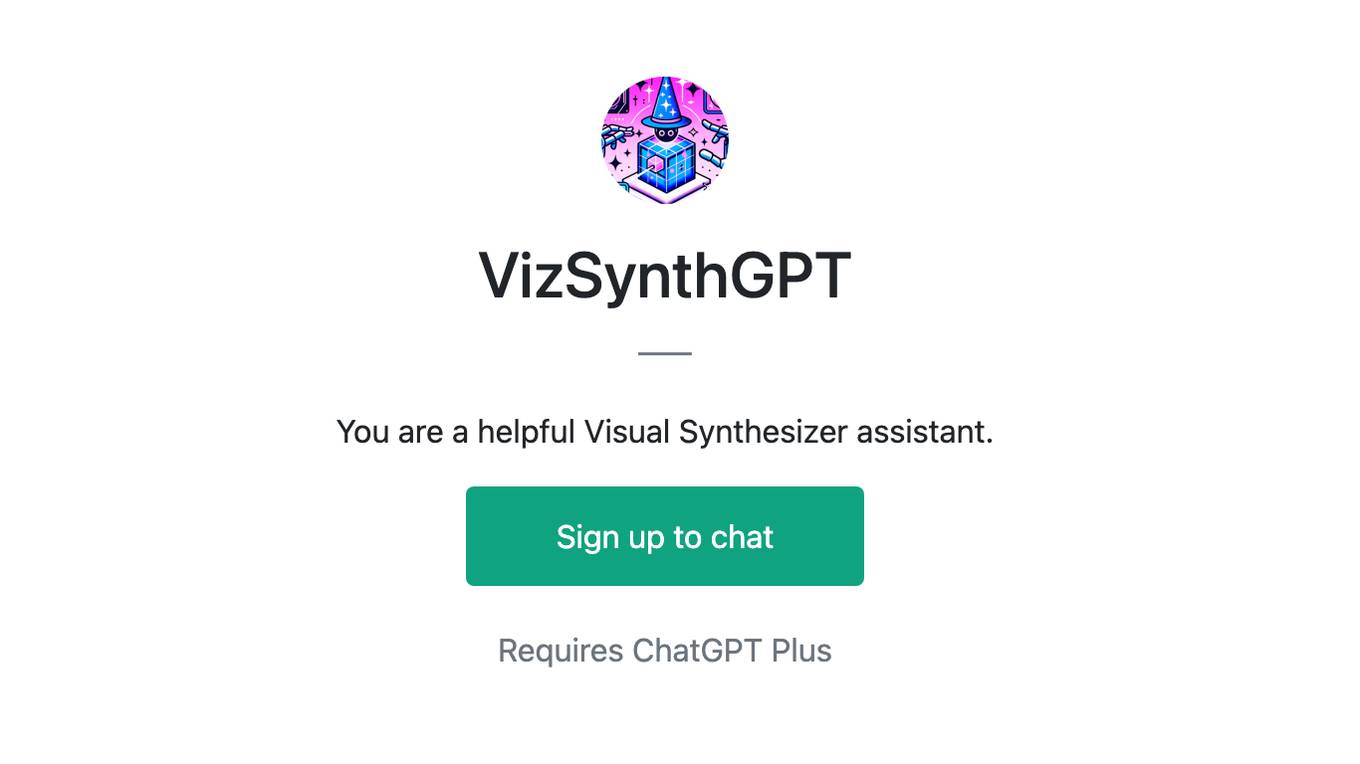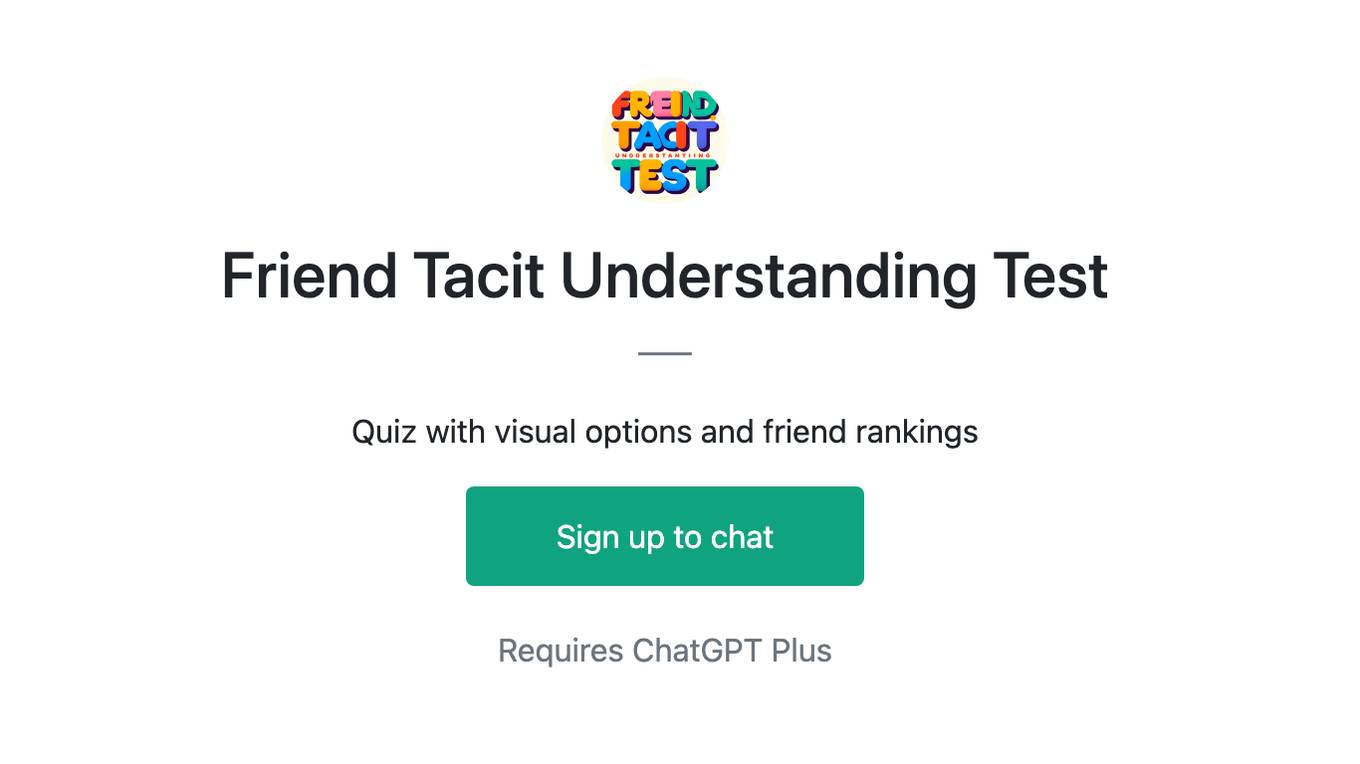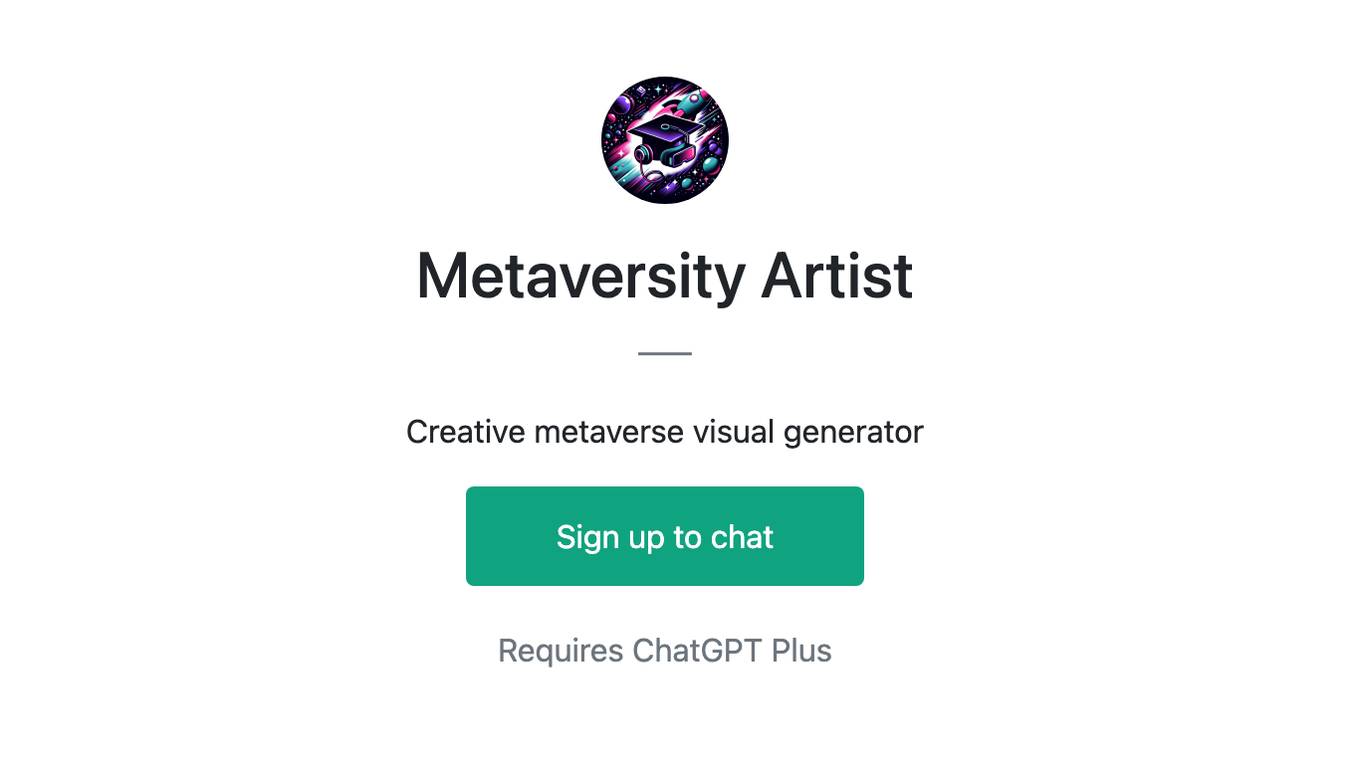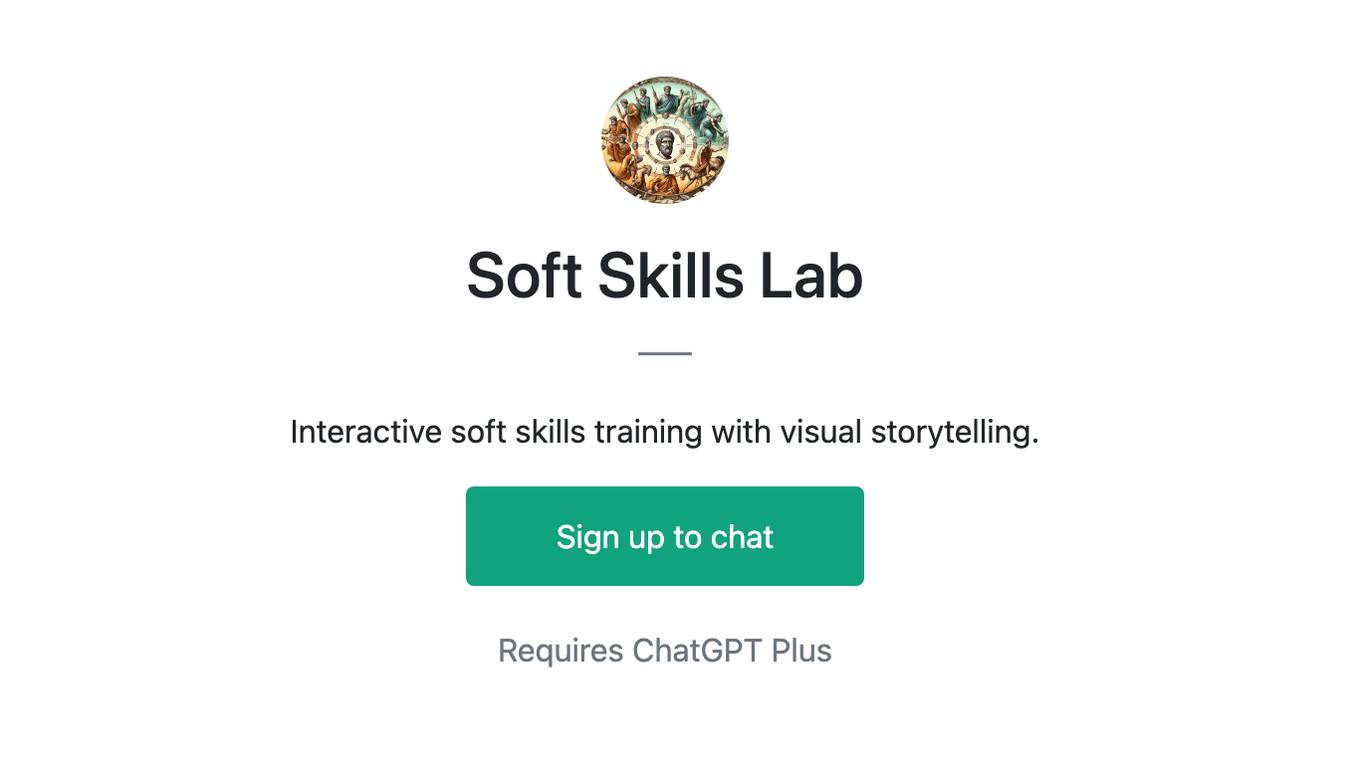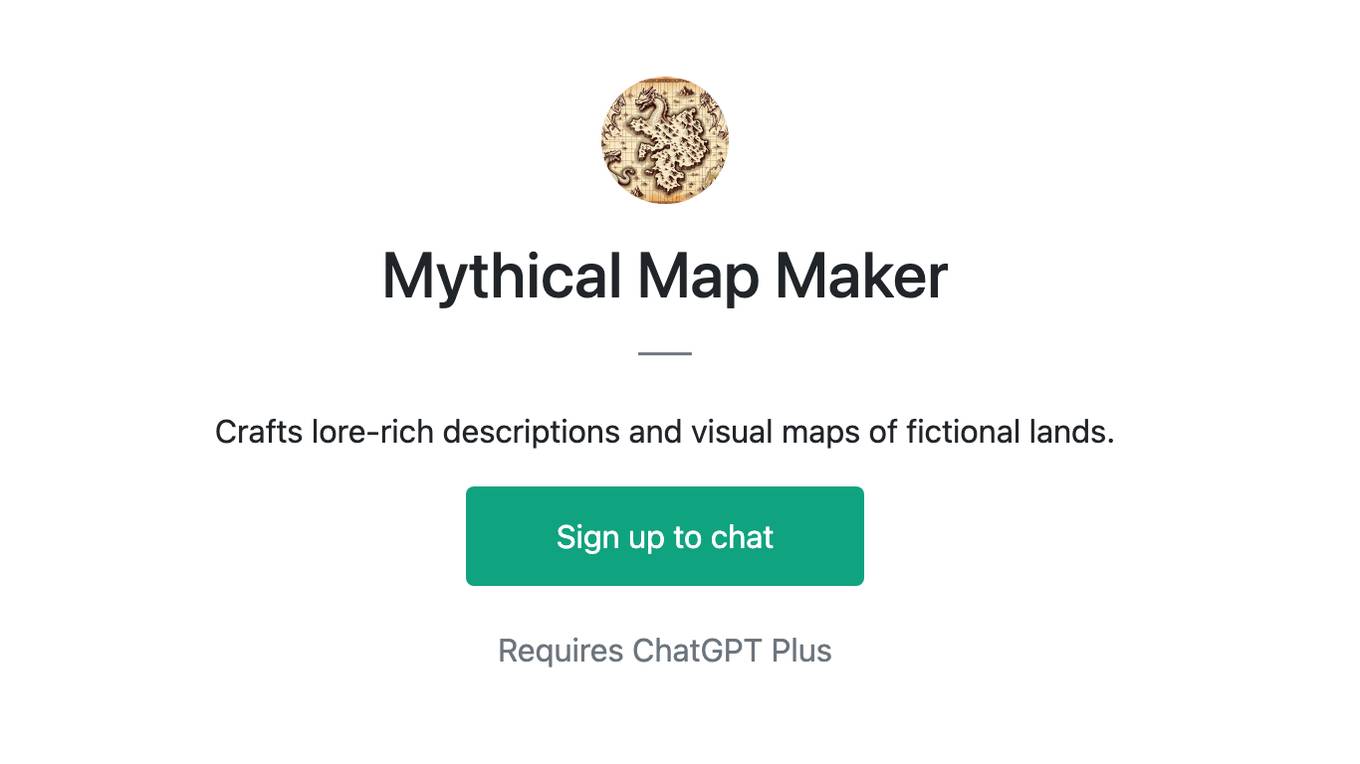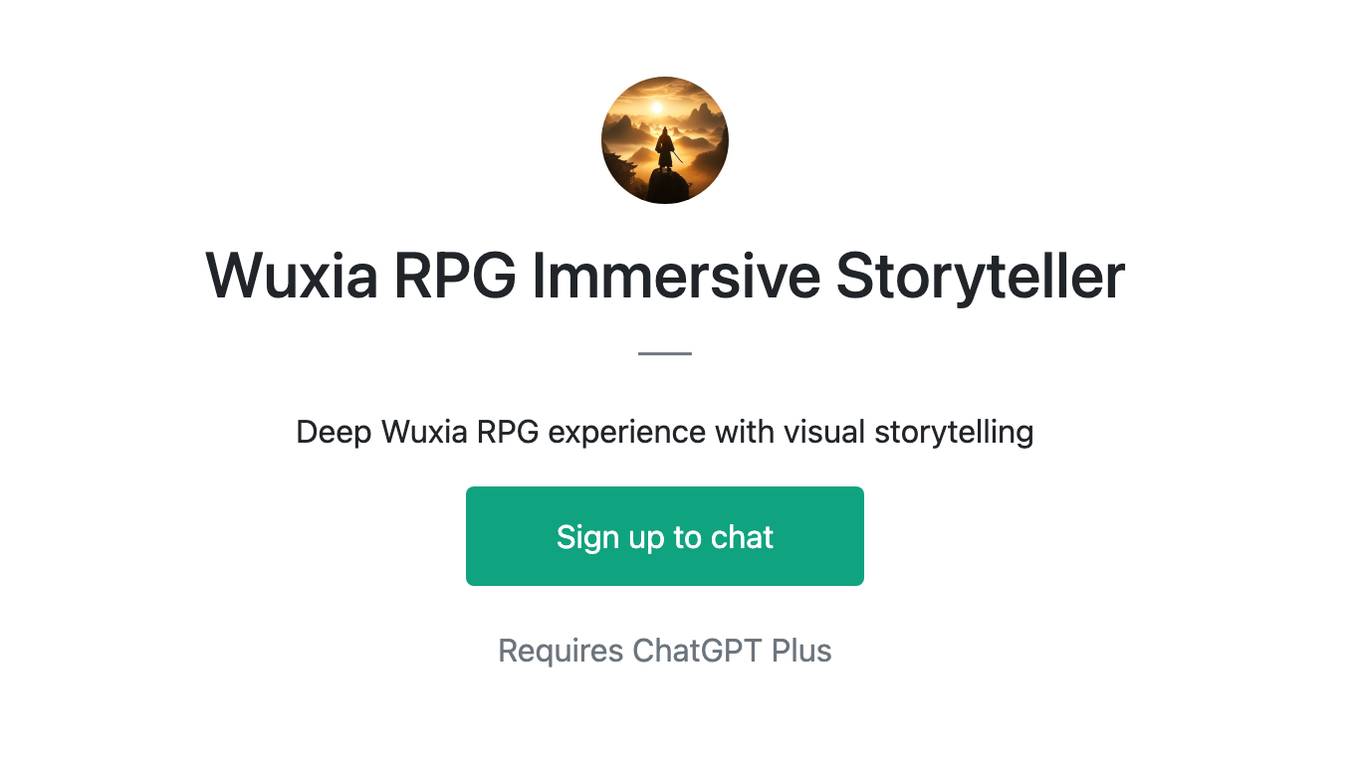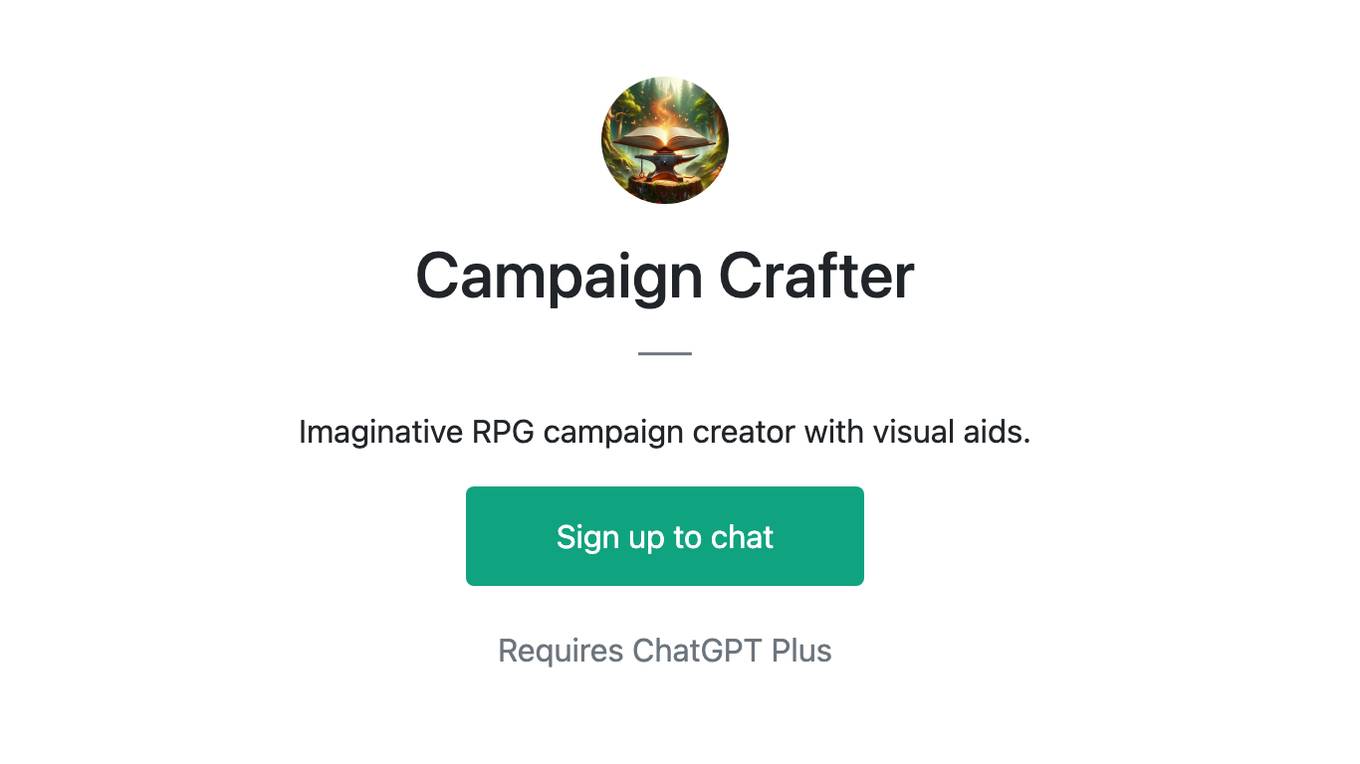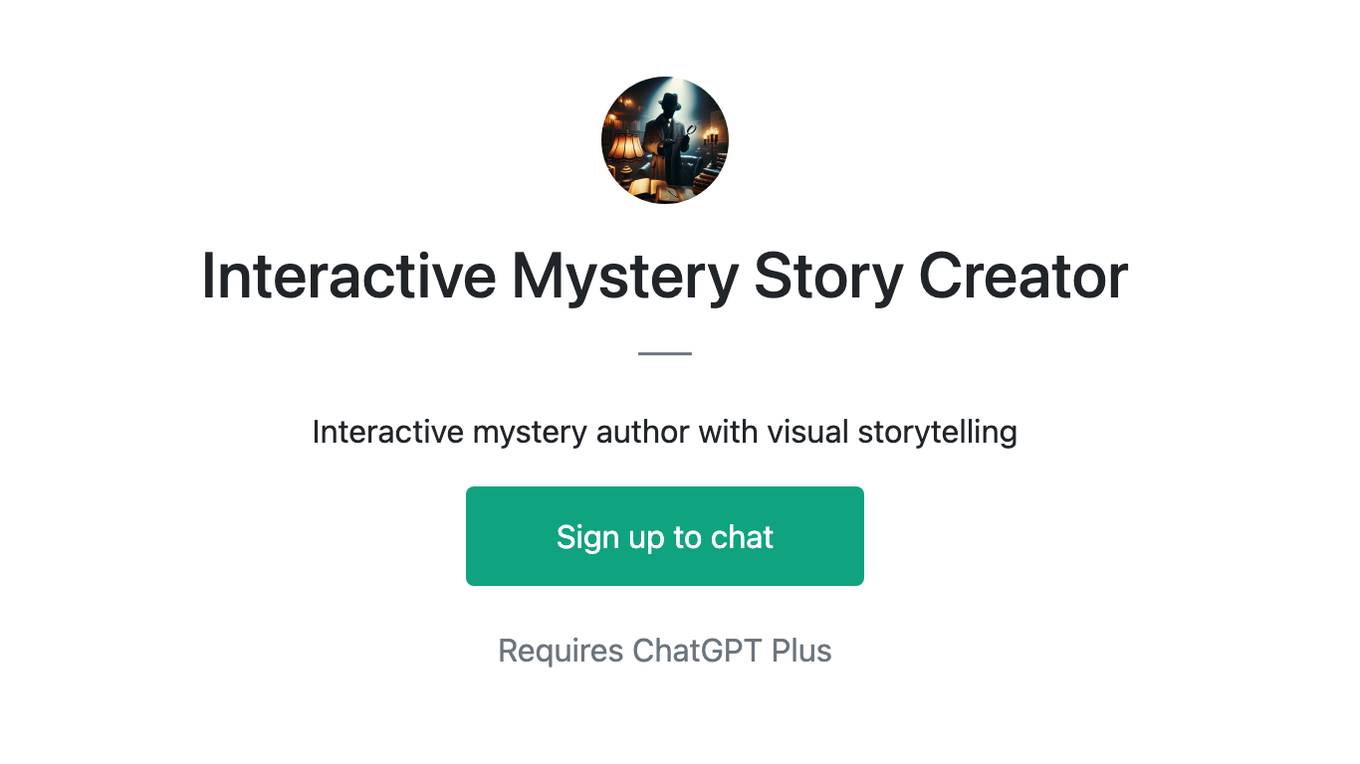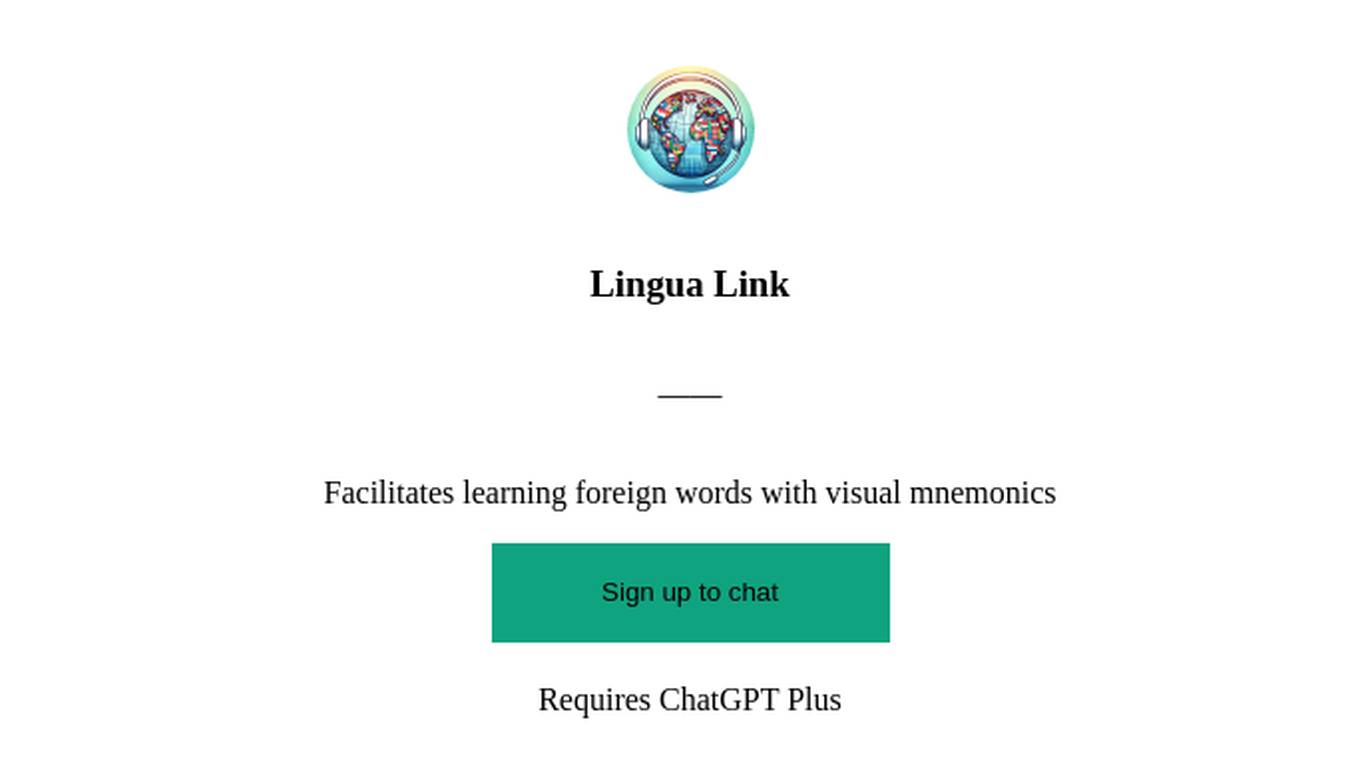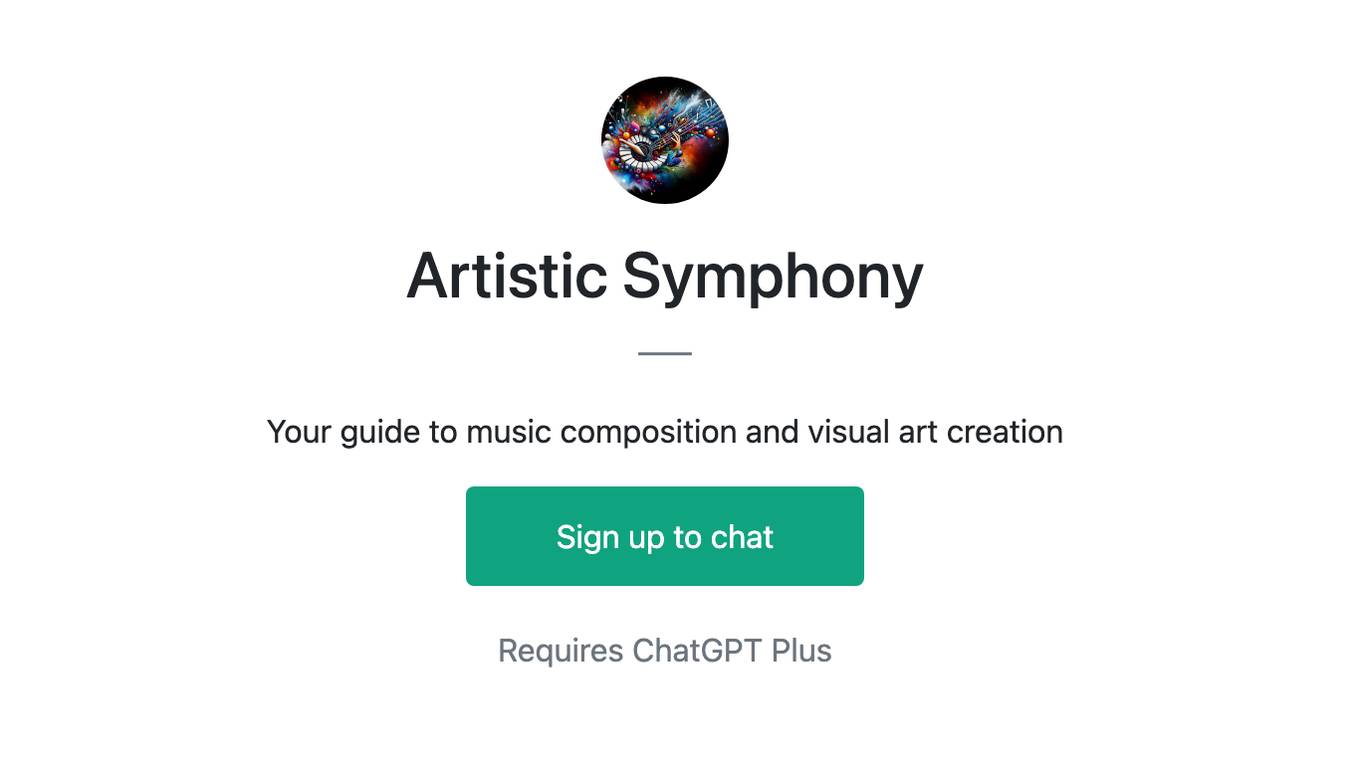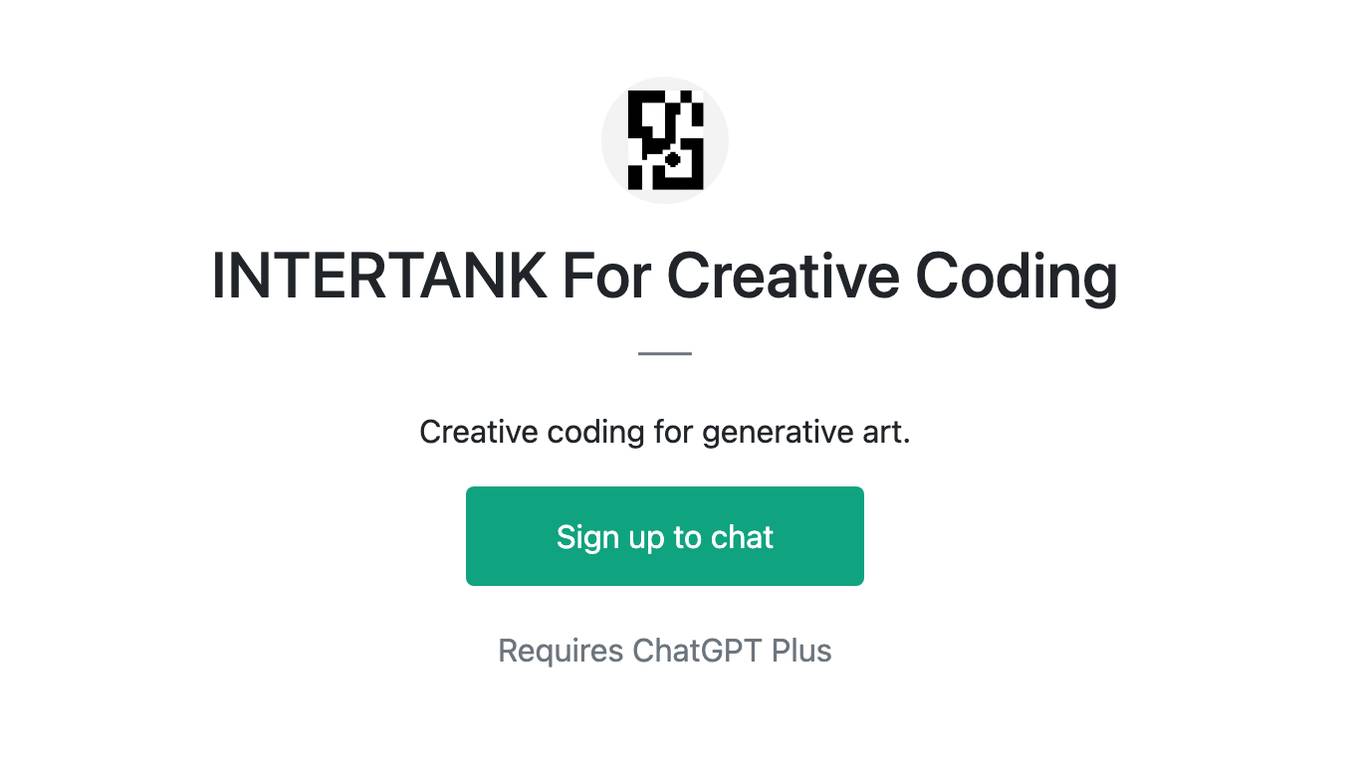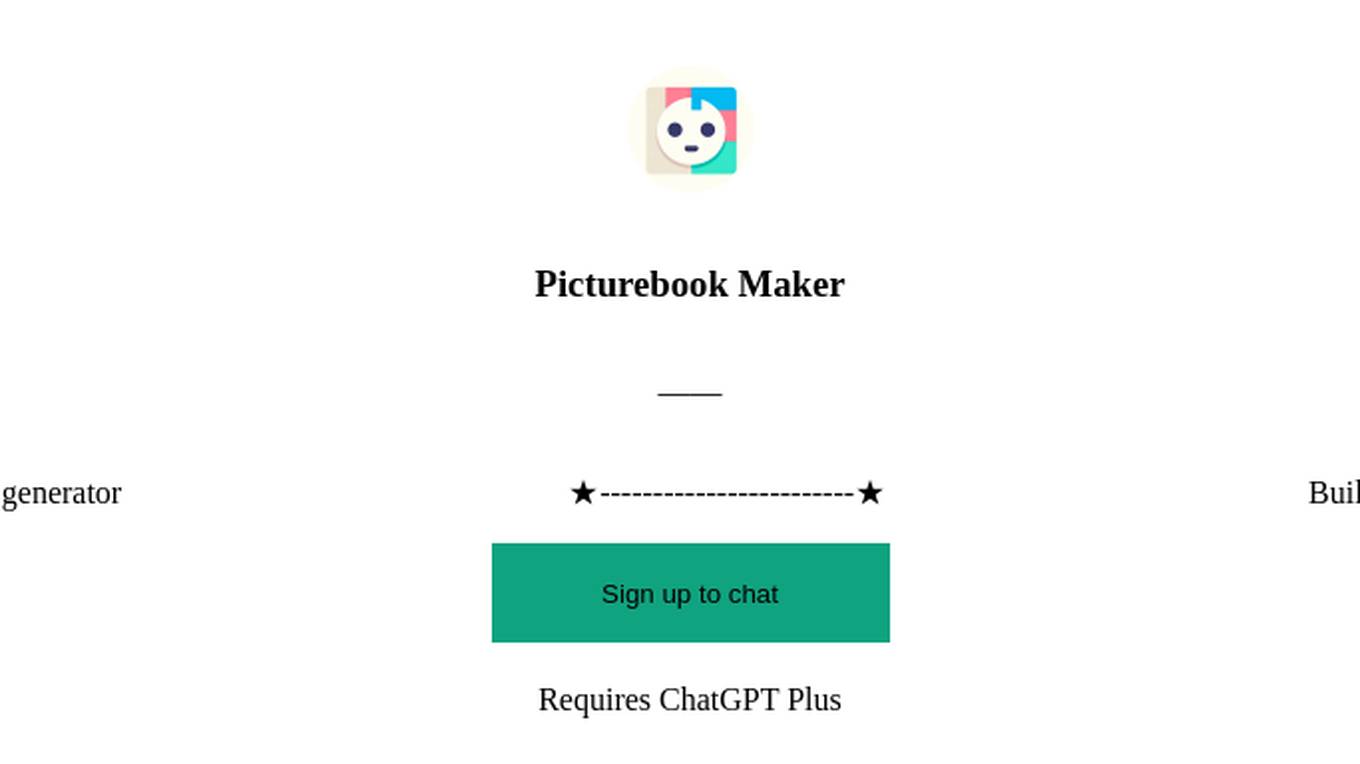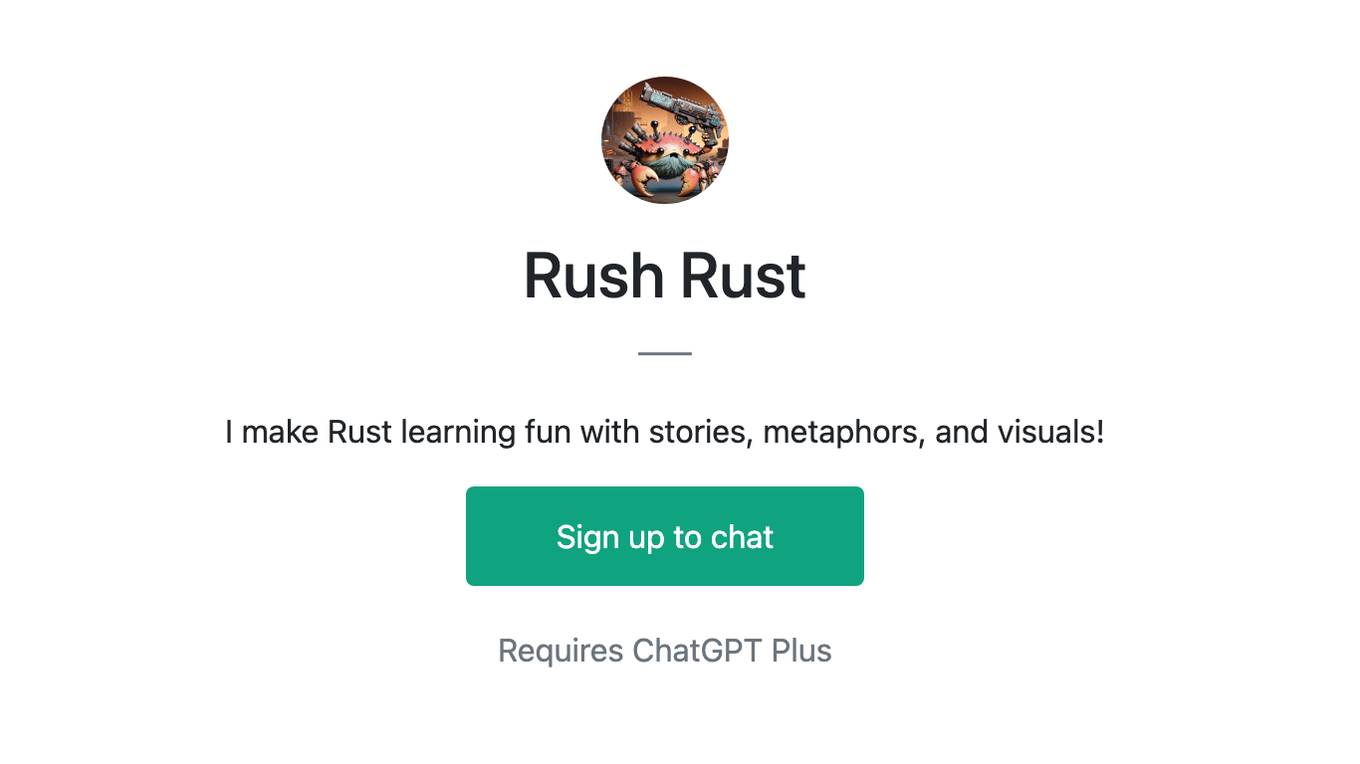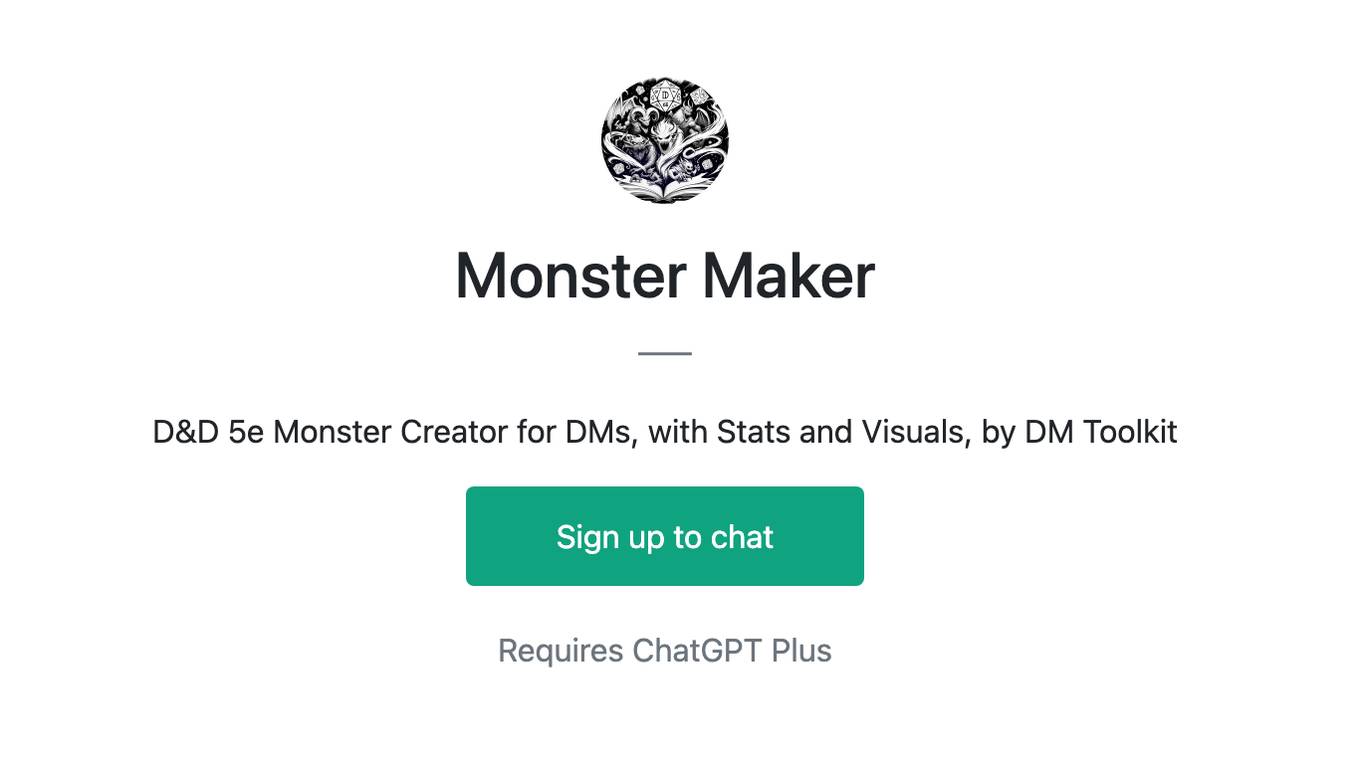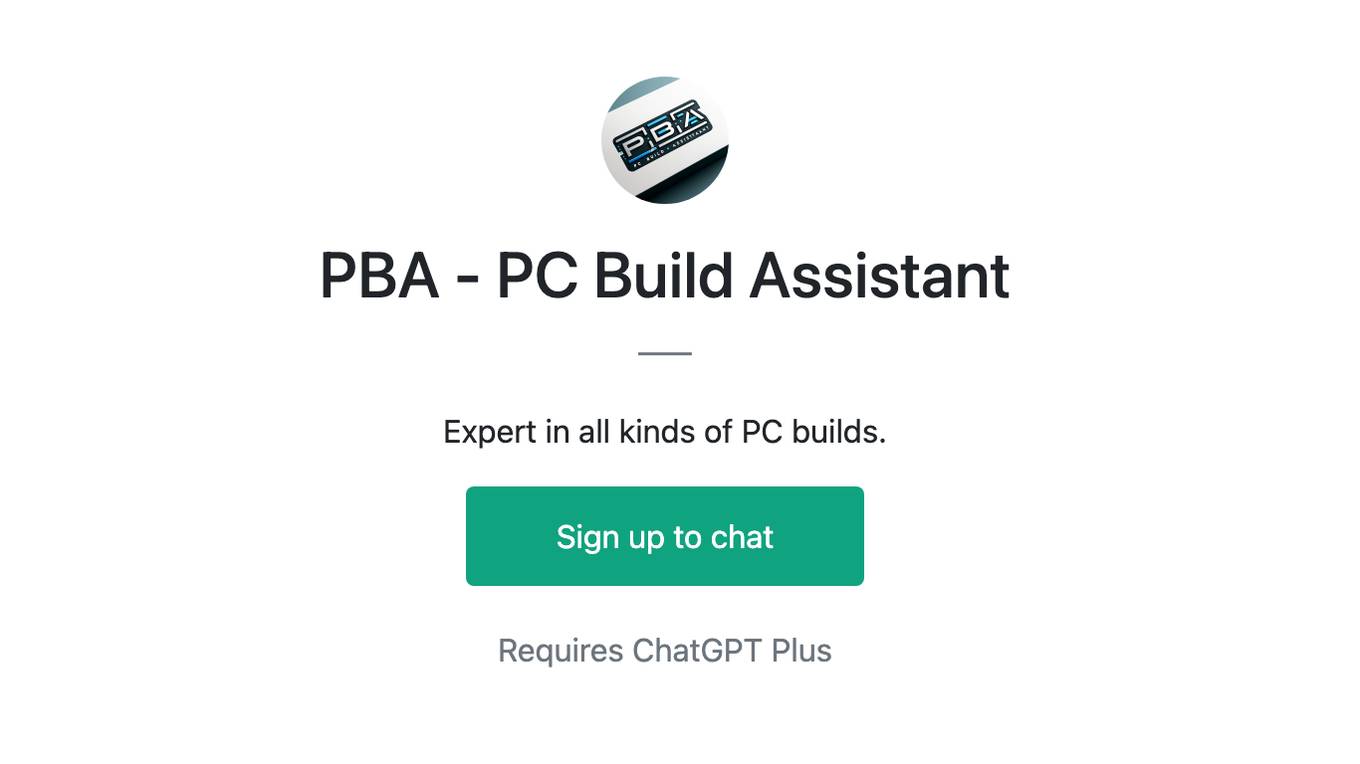Best AI tools for< Build Visual Search >
20 - AI tool Sites
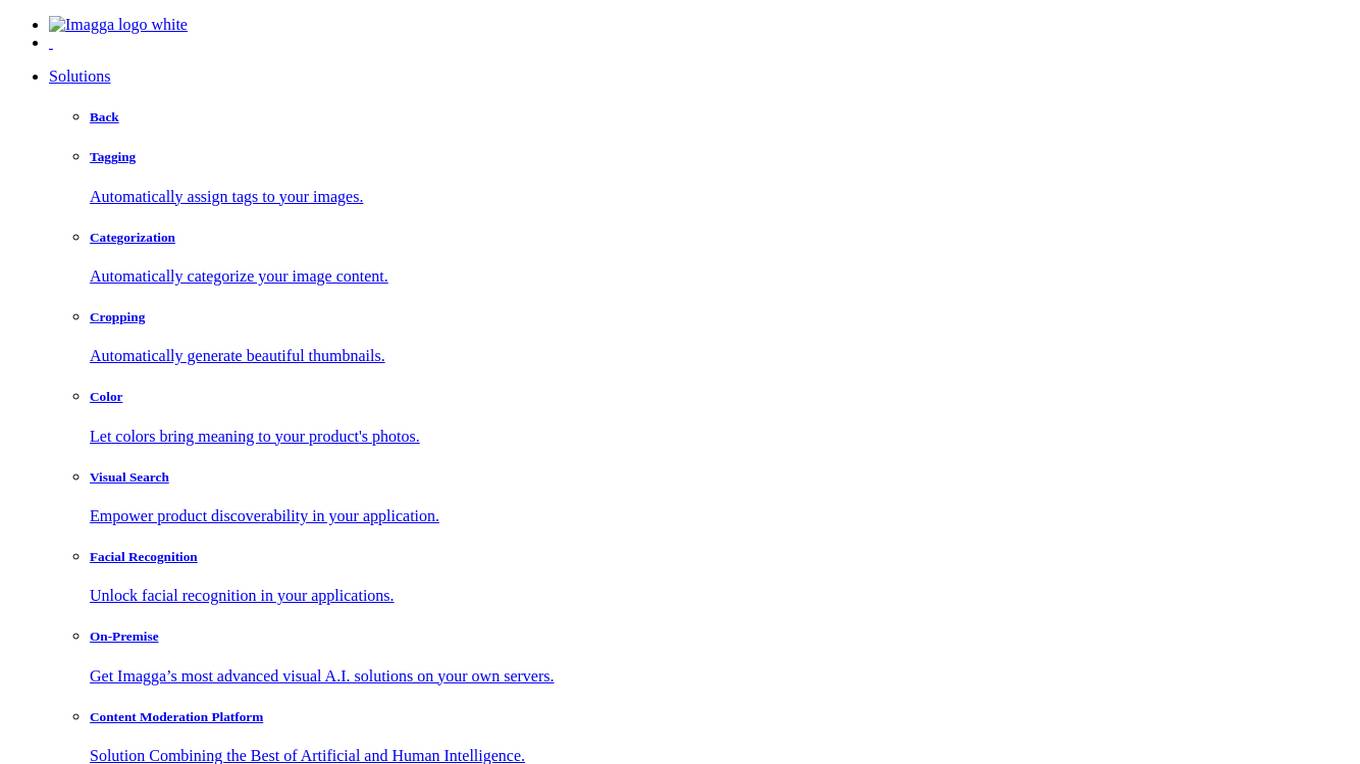
Imagga
Imagga is a leading provider of image recognition solutions for developers and businesses. Its API empowers intelligent apps with customizable machine learning technology. Imagga's solutions include tagging, categorization, cropping, color extraction, visual search, facial recognition, custom training, and content moderation. These solutions are used by over 30K startups, developers, and students, and trusted by over 200 business customers in more than 82 countries worldwide.
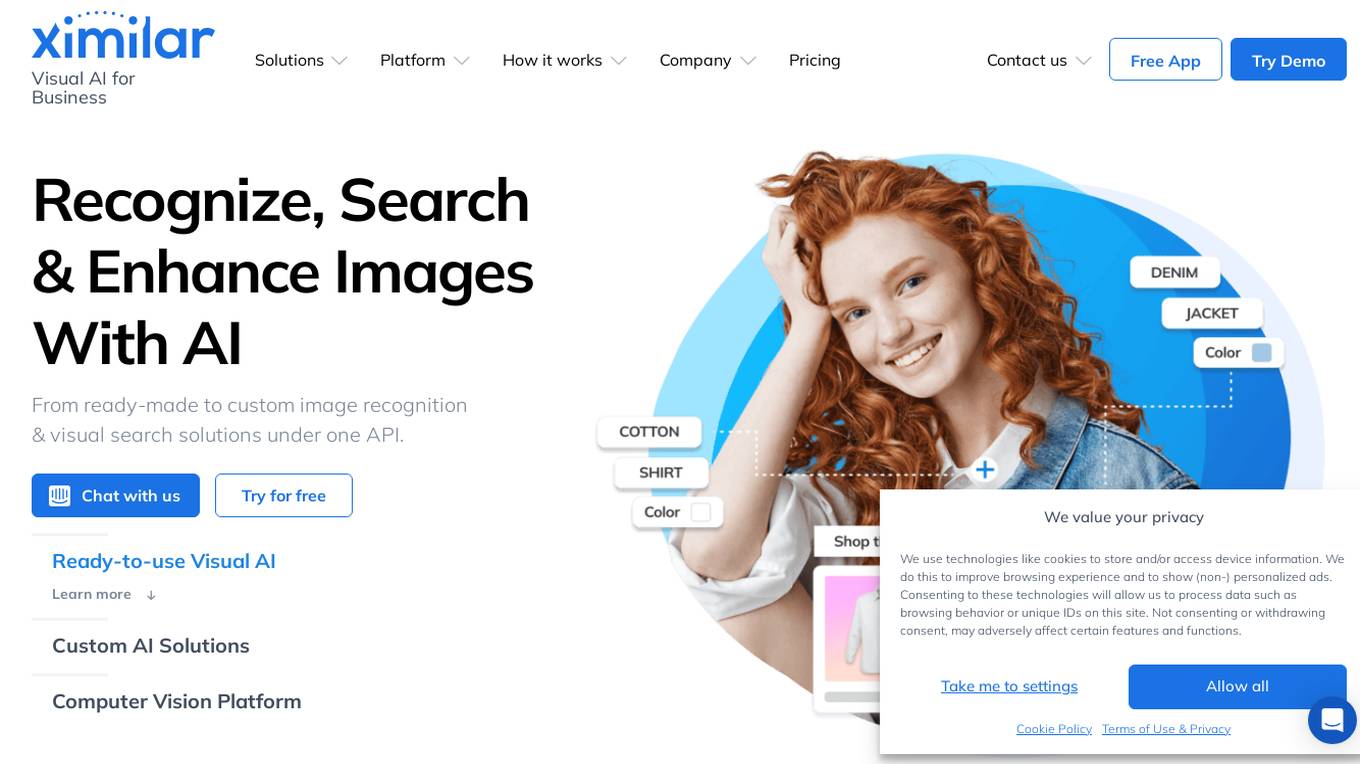
Ximilar Visual AI for Business
Ximilar Visual AI for Business is an AI tool that offers a comprehensive platform for image recognition and visual search solutions. It provides features such as image classification, regression, object detection, AI model combination, image annotation, and more. Users can easily build custom machine learning models without coding, access ready-to-use visual AI demos, and benefit from features like image upscaling, background removal, and color extraction. The platform caters to various industries including fashion, home decor, stock photos, collectibles, med & biotech, manufacturing, and real estate.
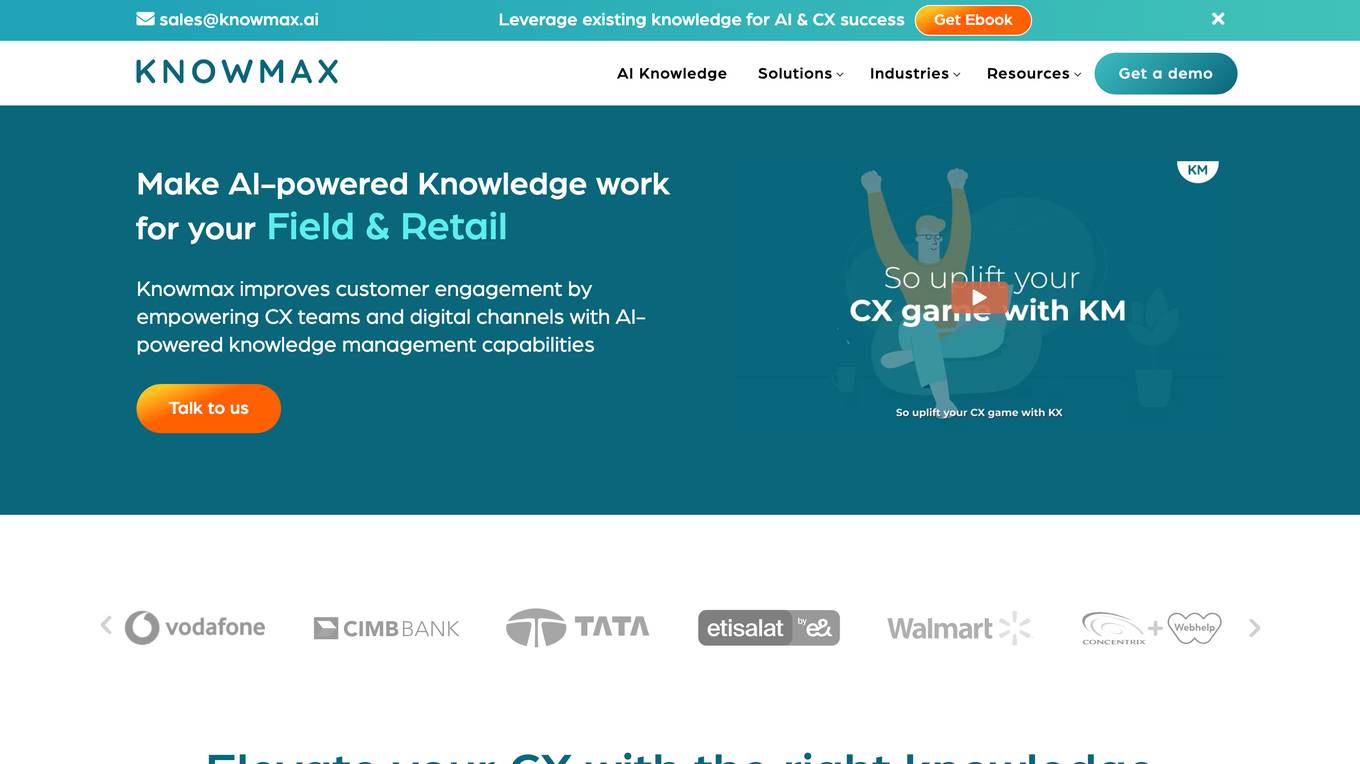
Knowmax
Knowmax is an omnichannel knowledge management platform that helps businesses improve customer experience (CX) by providing AI-powered knowledge management capabilities. It offers a range of features such as a Google-like search engine for accessing relevant knowledge across touchpoints, no-code cognitive decision trees for creating simple and mistake-proof customer service actions, visual how-to guides for minimizing repetitive explanations, and an omnichannel-ready knowledge base for creating self-help guides. Knowmax also integrates with CRM systems to deliver faster and personalized resolutions at scale. It is used by businesses in various industries, including telecom, banking, BPO, insurance, e-commerce, media & ISP, healthcare, travel, automobiles, and utilities.

Google Chrome
Google Chrome is a fast and secure web browser developed by Google. It is designed to provide a smooth browsing experience across different platforms. The browser offers features like Energy Saver and Memory Saver to optimize performance, tab management tools for organization, and automatic updates every four weeks. Additionally, Chrome integrates AI innovations such as Google Lens for visual search, AI-powered writing assistance, tab organization suggestions, and generative themes for personalized browsing. It also prioritizes safety with features like Password Manager, Enhanced Safe Browsing, Safety Check, and Privacy Guide.
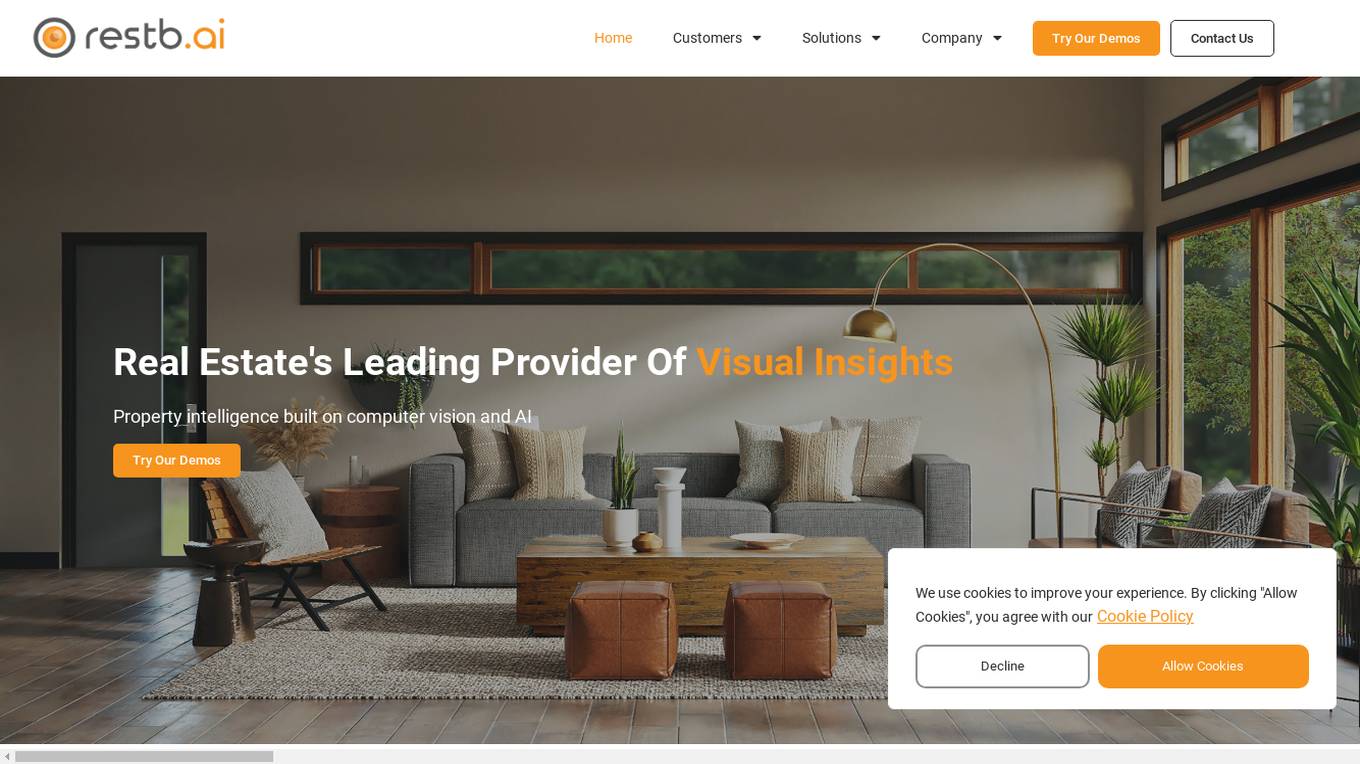
Restb.ai
Restb.ai is a leading provider of visual insights for real estate companies, utilizing computer vision and AI to analyze property images. The application offers solutions for AVMs, iBuyers, investors, appraisals, inspections, property search, marketing, insurance companies, and more. By providing actionable and unique data at scale, Restb.ai helps improve valuation accuracy, automate manual processes, and enhance property interactions. The platform enables users to leverage visual insights to optimize valuations, automate report quality checks, enhance listings, improve data collection, and more.
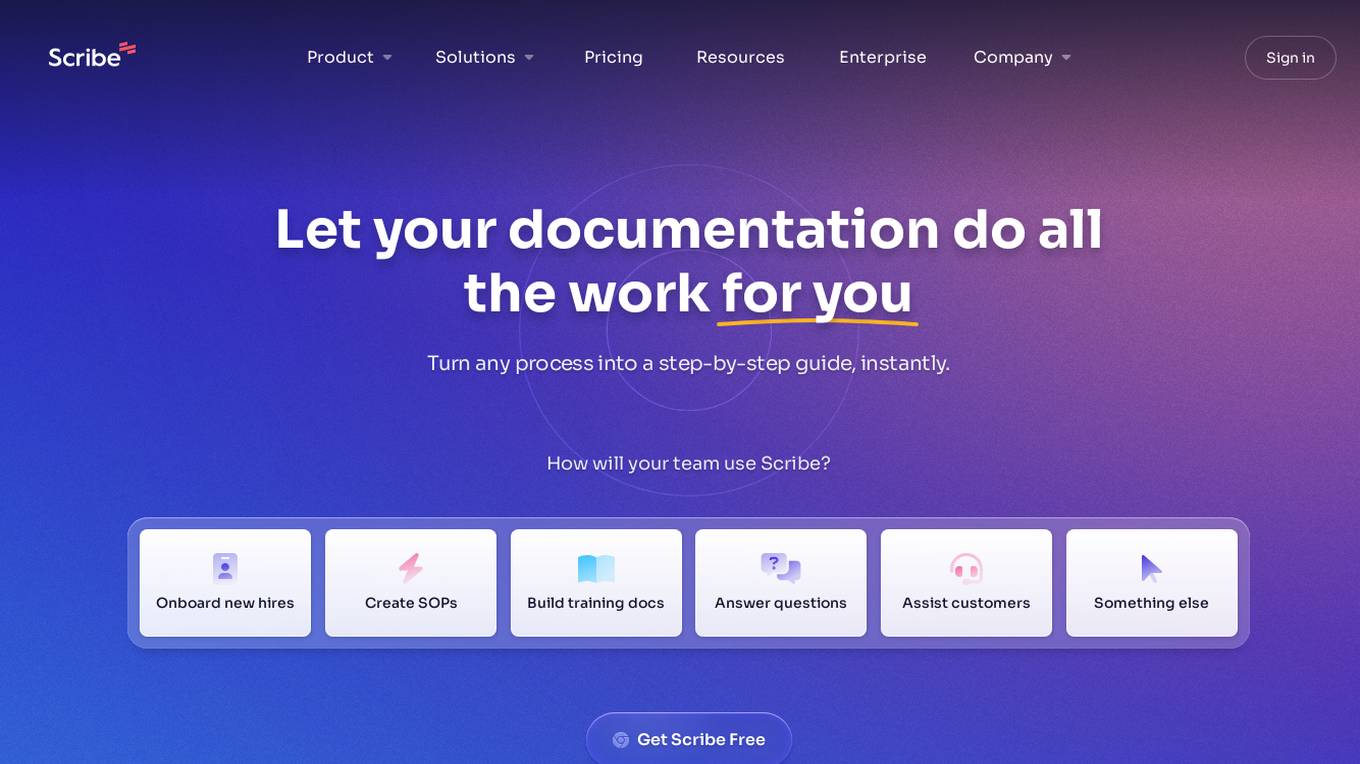
Scribe
Scribe is a tool that allows users to create step-by-step guides for any process. It uses AI to automatically generate instructions and screenshots, and it can be used to document processes, train employees, and answer questions. Scribe is available as a Chrome extension and a desktop app.
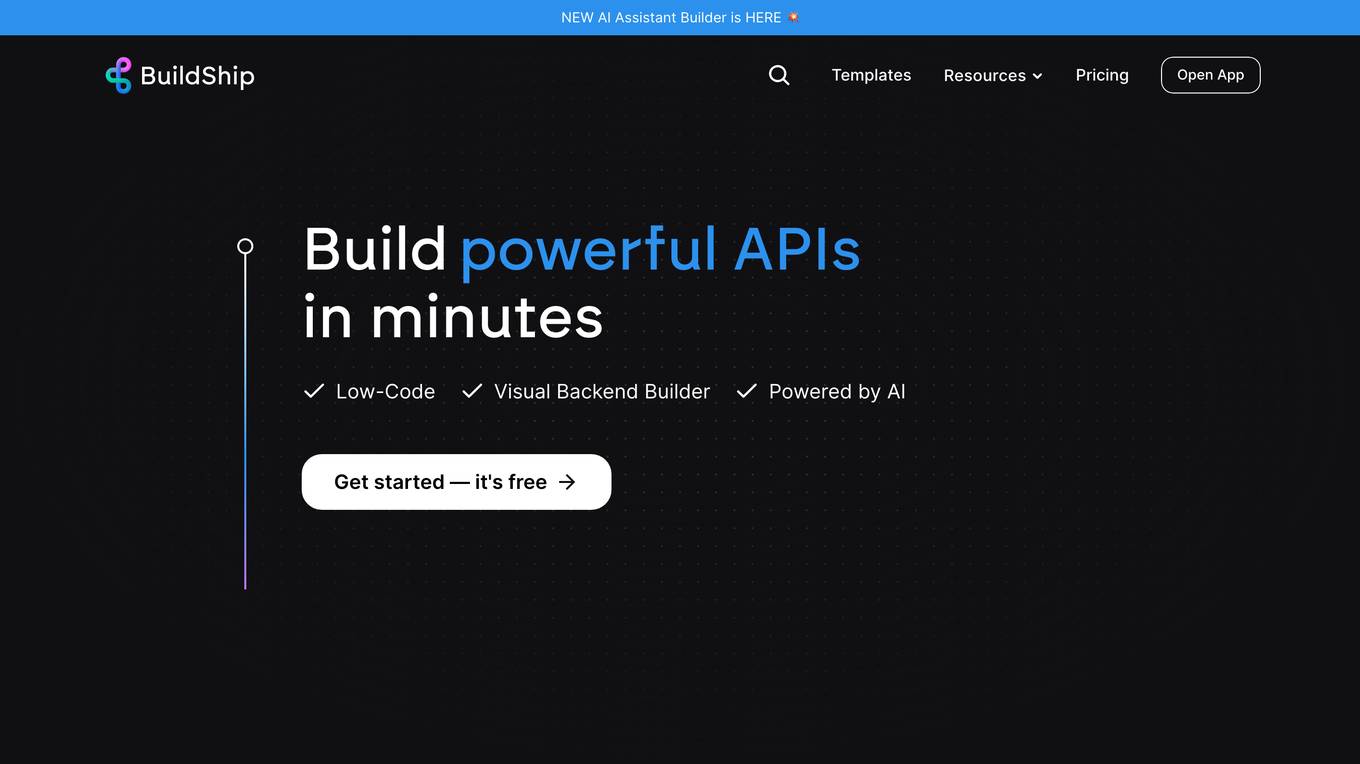
BuildShip
BuildShip is a low-code visual backend builder that allows users to create powerful APIs in minutes. It is powered by AI and offers a variety of features such as pre-built nodes, multimodal flows, and integration with popular AI models. BuildShip is suitable for a wide range of users, from beginners to experienced developers. It is also a great tool for teams who want to collaborate on backend development projects.
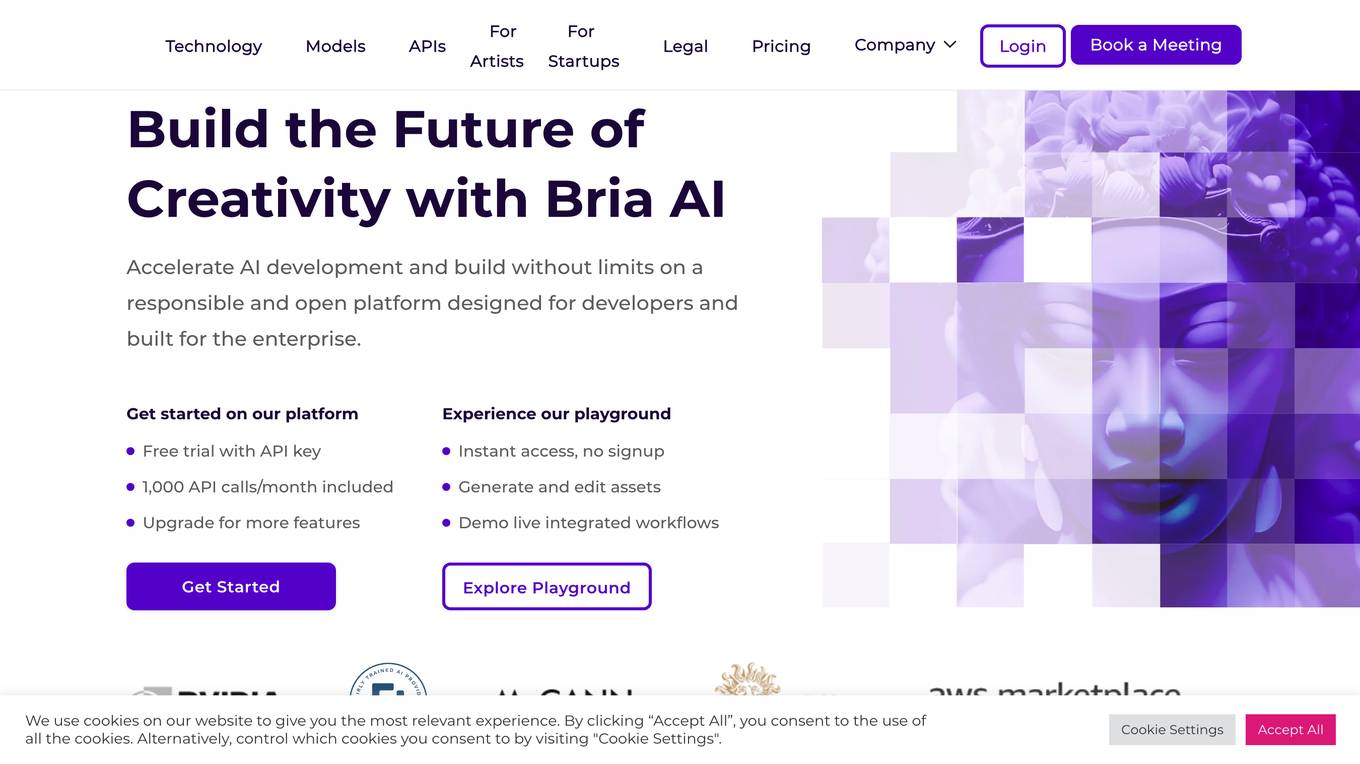
BRIA.ai
BRIA.ai is a visual generative AI platform that provides developers and businesses with the tools they need to build and deploy AI-powered applications. The platform includes a suite of pre-trained foundation models, APIs, and tools that can be used to generate and modify images, videos, and other visual content. BRIA.ai is committed to responsible AI practices and ensures that all of its models are trained on licensed and safe-to-use data.
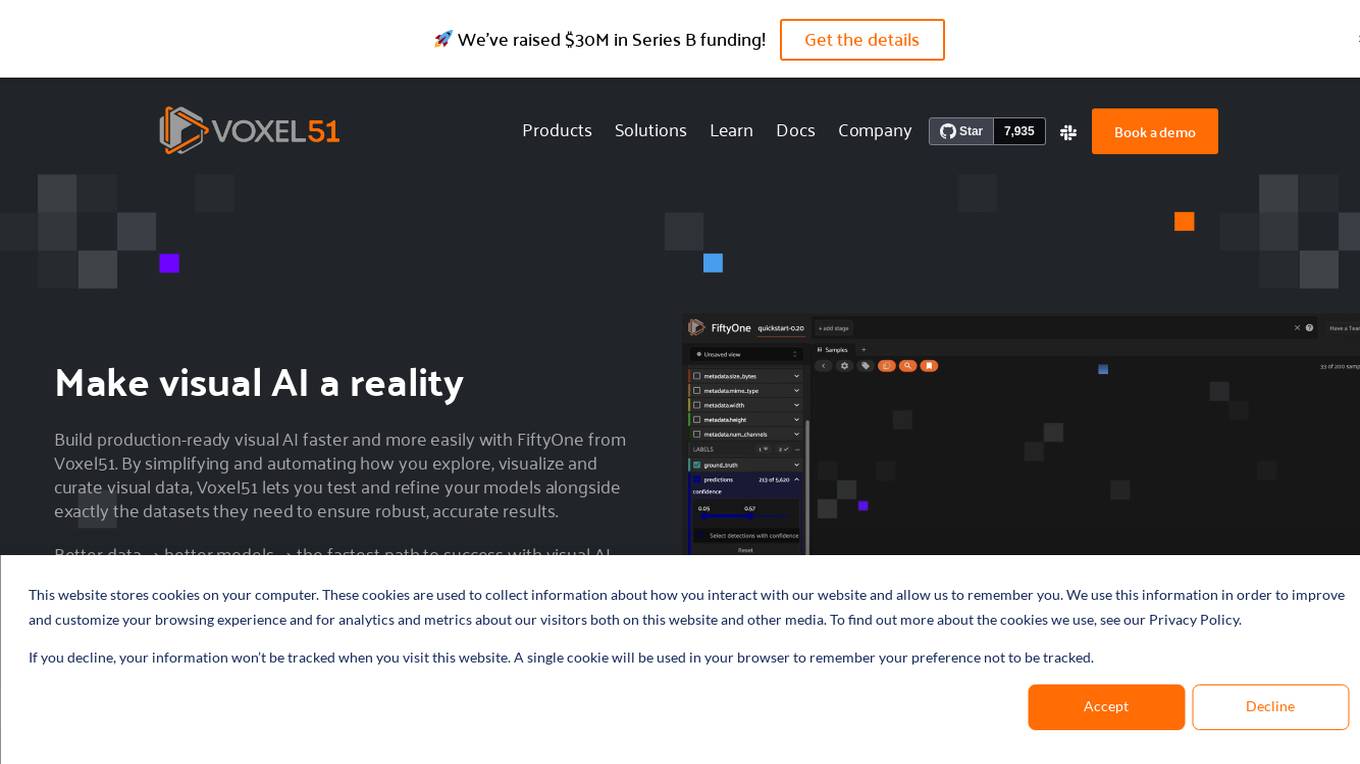
Voxel51
Voxel51 is an AI tool that provides open-source computer vision tools for machine learning. It offers solutions for various industries such as agriculture, aviation, driving, healthcare, manufacturing, retail, robotics, and security. Voxel51's main product, FiftyOne, helps users explore, visualize, and curate visual data to improve model performance and accelerate the development of visual AI applications. The platform is trusted by thousands of users and companies, offering both open-source and enterprise-ready solutions to manage and refine data and models for visual AI.

Visual Computing & Artificial Intelligence Lab at TUM
The Visual Computing & Artificial Intelligence Lab at TUM is a group of research enthusiasts advancing cutting-edge research at the intersection of computer vision, computer graphics, and artificial intelligence. Our research mission is to obtain highly-realistic digital replica of the real world, which include representations of detailed 3D geometries, surface textures, and material definitions of both static and dynamic scene environments. In our research, we heavily build on advances in modern machine learning, and develop novel methods that enable us to learn strong priors to fuel 3D reconstruction techniques. Ultimately, we aim to obtain holographic representations that are visually indistinguishable from the real world, ideally captured from a simple webcam or mobile phone. We believe this is a critical component in facilitating immersive augmented and virtual reality applications, and will have a substantial positive impact in modern digital societies.
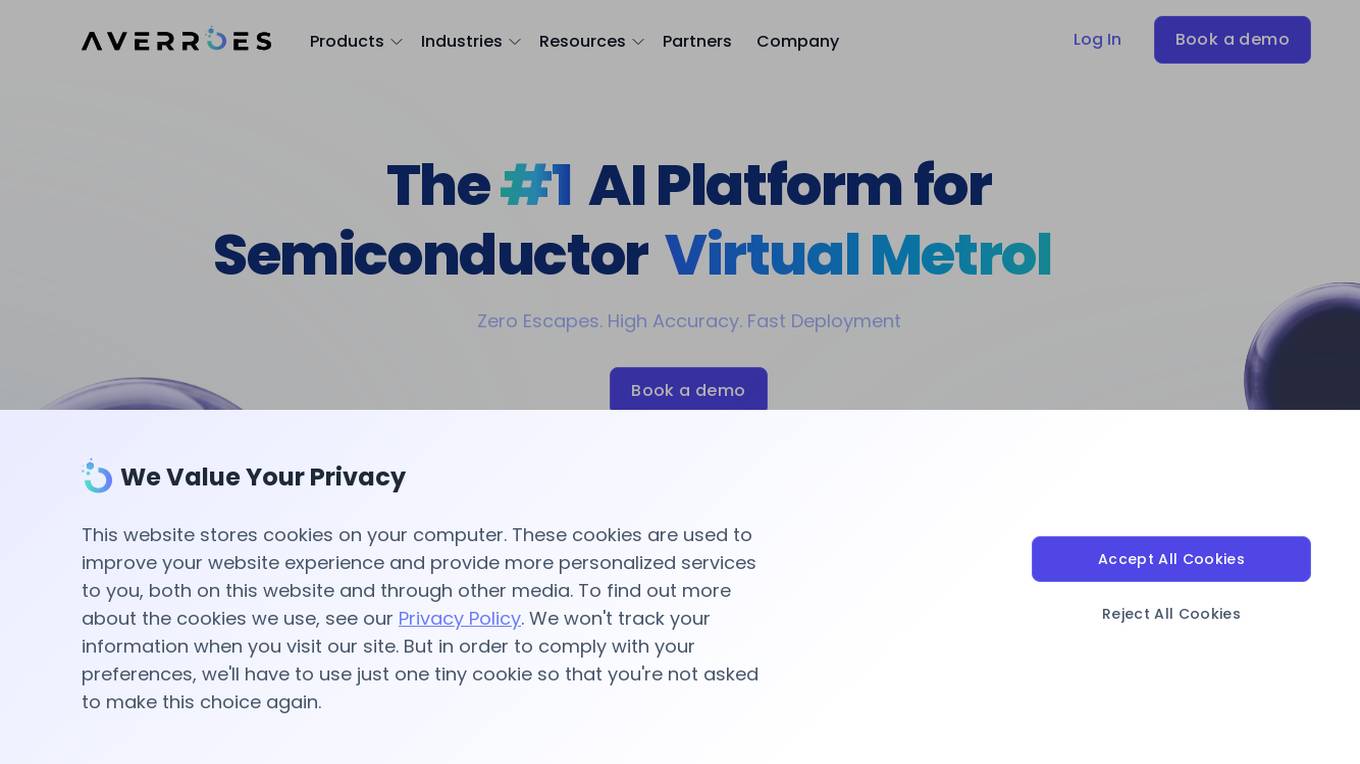
Averroes
Averroes is the #1 AI Automated Visual Inspection Software designed for various industries such as Oil and Gas, Food and Beverage, Pharma, Semiconductor, and Electronics. It offers an end-to-end AI visual inspection platform that allows users to effortlessly train and deploy custom AI models for defect classification, object detection, and segmentation. Averroes provides advanced solutions for quality assurance, including automated defect classification, submicron defect detection, defect segmentation, defect review, and defect monitoring. The platform ensures labeling consistency, offers flexible deployment options, and has shown remarkable improvements in defect detection and productivity for semiconductor OEMs.
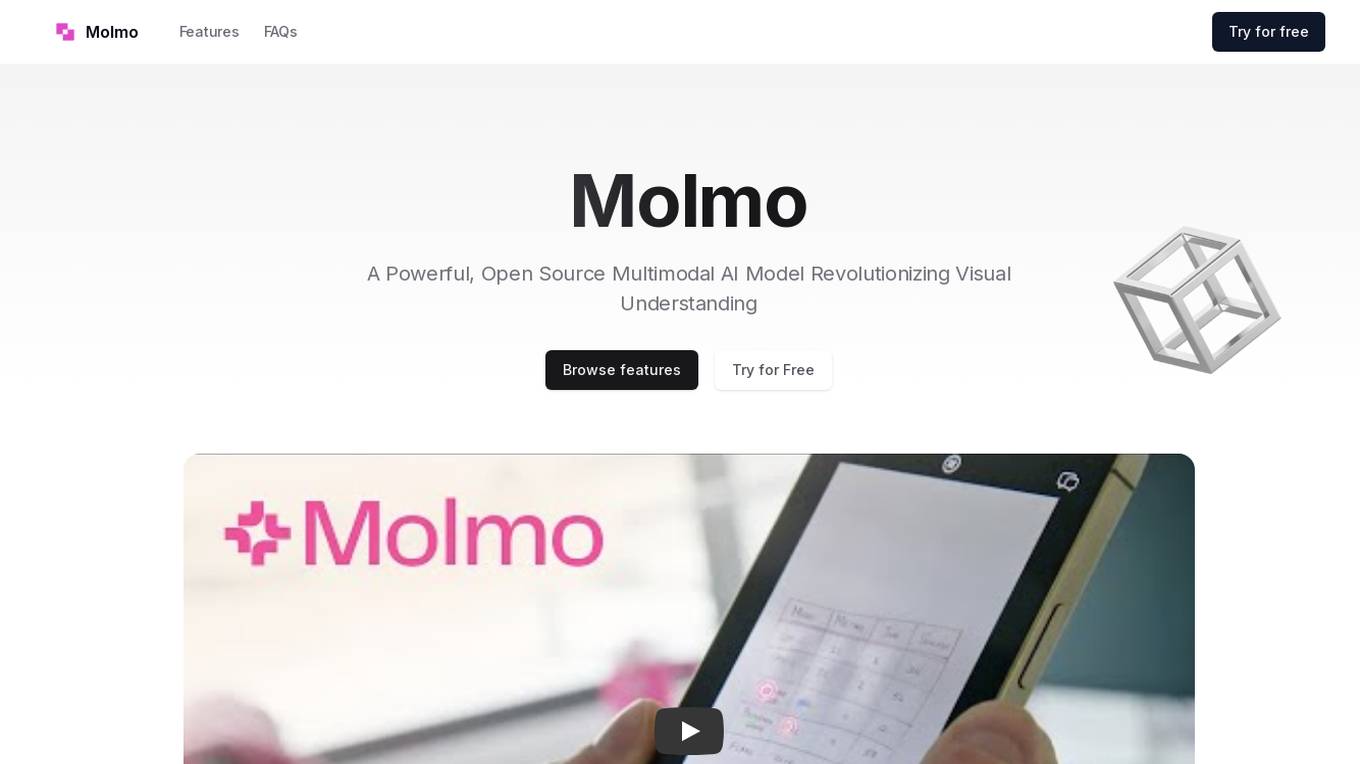
Molmo AI
Molmo AI is a powerful, open-source multimodal AI model revolutionizing visual understanding. It helps developers easily build tools that can understand images and interact with the world in useful ways. Molmo AI offers exceptional image understanding, efficient data usage, open and accessible features, on-device compatibility, and a new era in multimodal AI development. It closes the gap between open and closed AI models, empowers the AI community with open access, and efficiently utilizes data for superior performance.
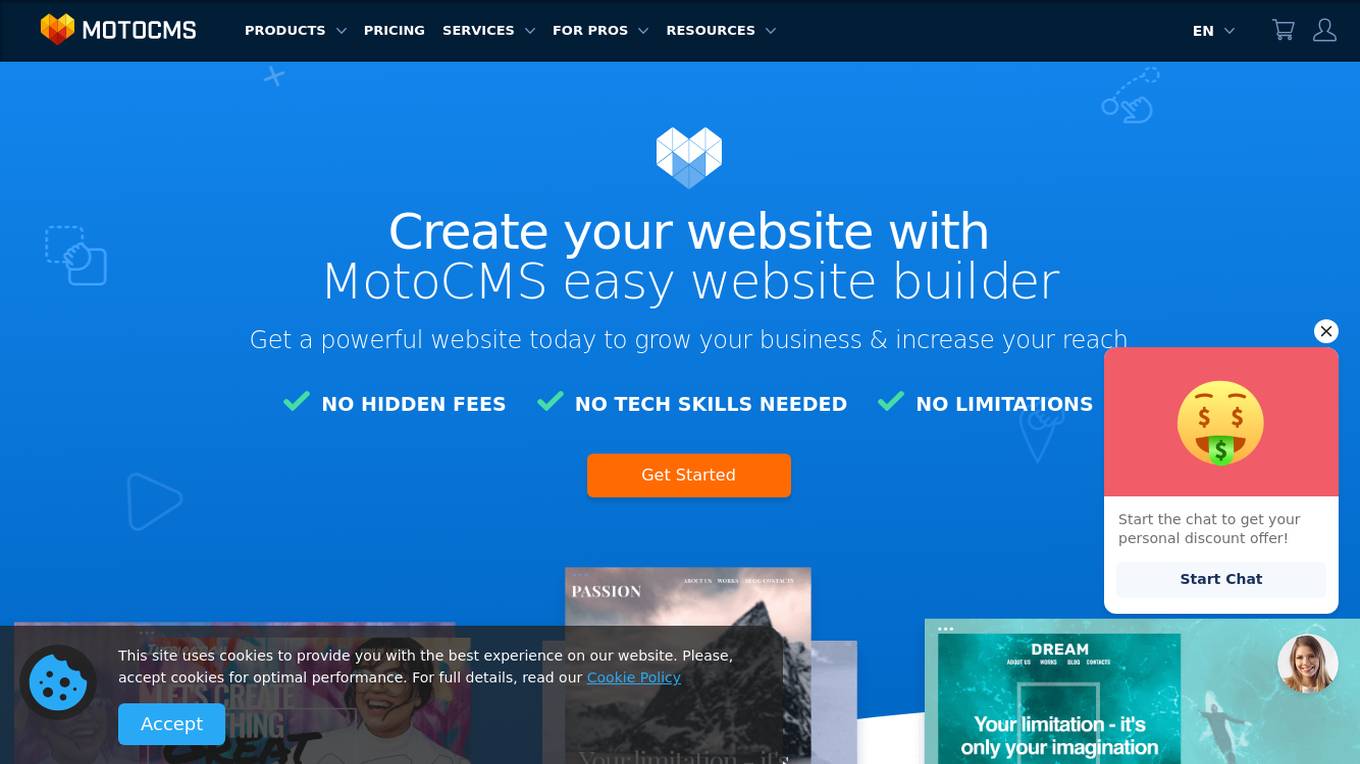
MotoCMS
MotoCMS is an easy-to-use website builder designed for beginners and professionals alike. With its simple drag-and-drop interface, pre-made templates, and advanced features, MotoCMS empowers users to create stunning websites without any coding skills. Whether you're a small business owner, a creative professional, or an individual looking to establish an online presence, MotoCMS provides the tools and support you need to succeed.
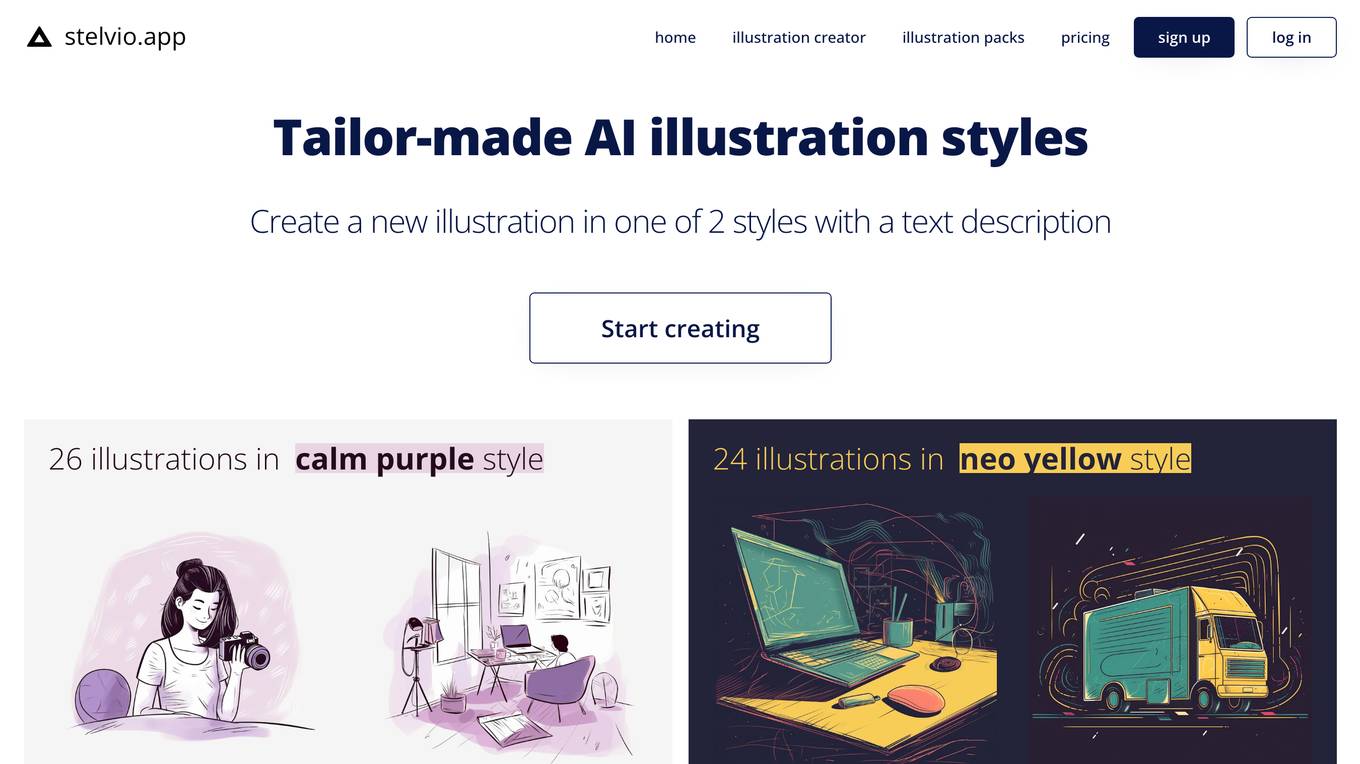
Bubble
Bubble is a visual programming platform that allows users to build web applications without needing to write code. It offers a range of features for designing, developing, and deploying applications, including data management, logic creation, collaboration tools, and security features. Bubble provides a user-friendly interface for creating custom applications tailored to specific needs, making it an ideal solution for individuals and businesses looking to create web applications quickly and efficiently.
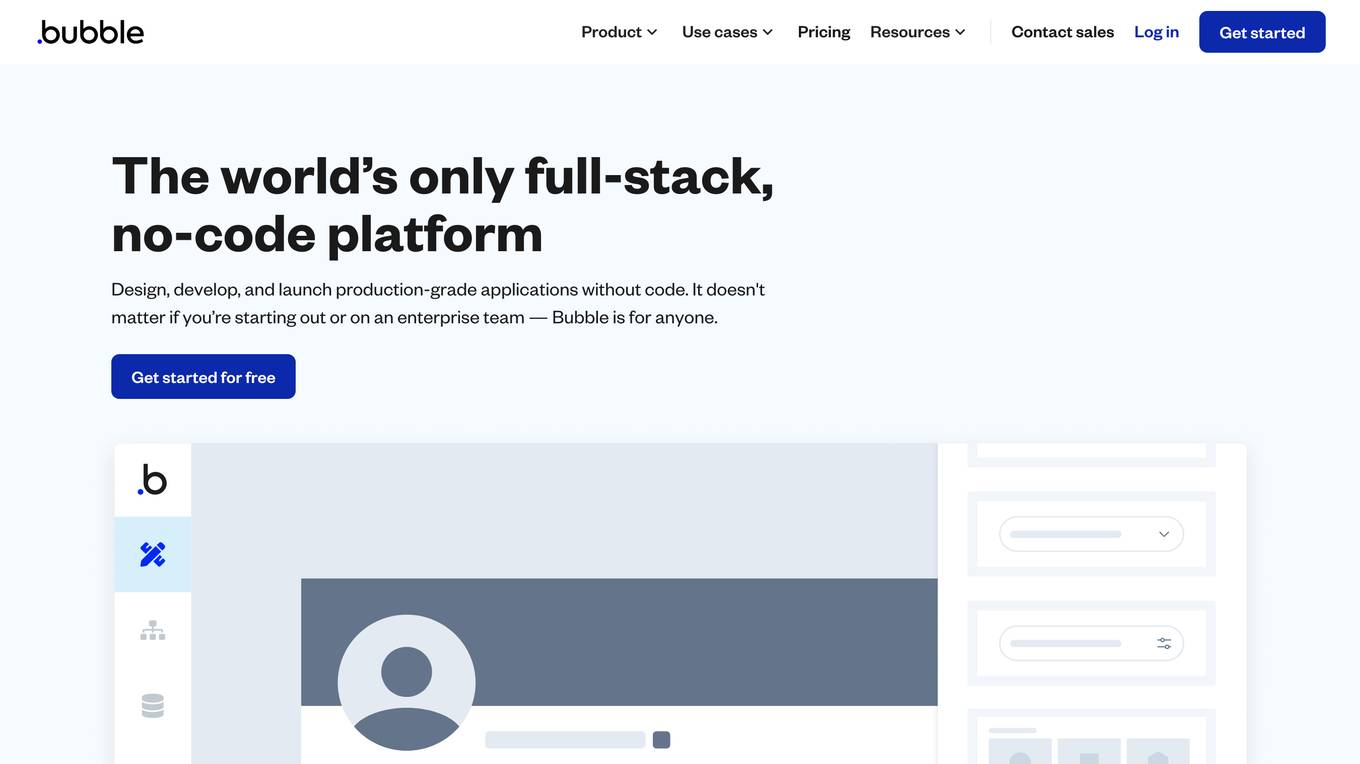
Bubble
Bubble is a no-code application development platform that allows users to build and deploy web and mobile applications without writing any code. It provides a visual interface for designing and developing applications, and it includes a library of pre-built components and templates that can be used to accelerate development. Bubble is suitable for a wide range of users, from beginners with no coding experience to experienced developers who want to build applications quickly and easily.
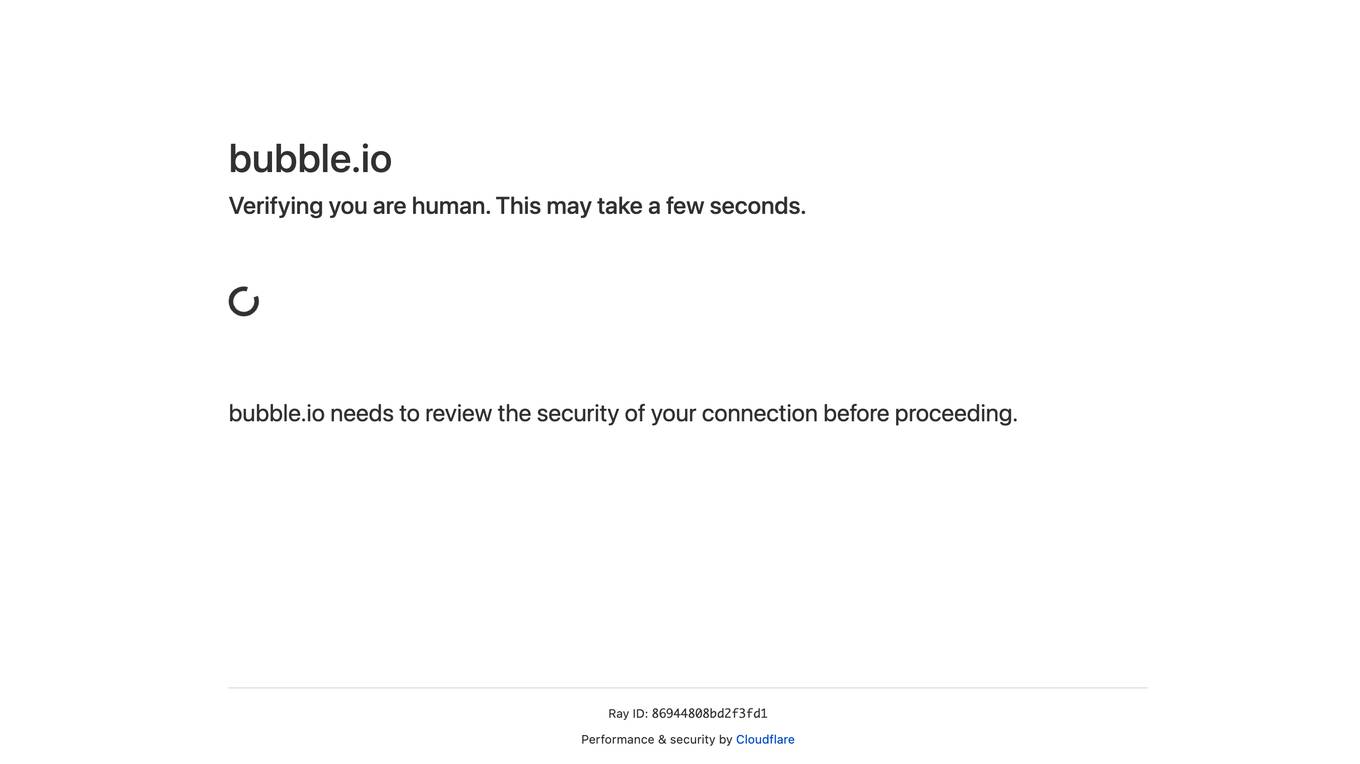
Bubble.io
Bubble.io is a platform that allows users to build web applications without code. It provides a visual development interface for creating interactive and responsive web apps. Users can design and customize their apps using drag-and-drop elements and workflows. Bubble.io offers various integrations and plugins to enhance the functionality of the apps created on the platform. The platform is suitable for individuals and businesses looking to develop custom web applications quickly and efficiently.
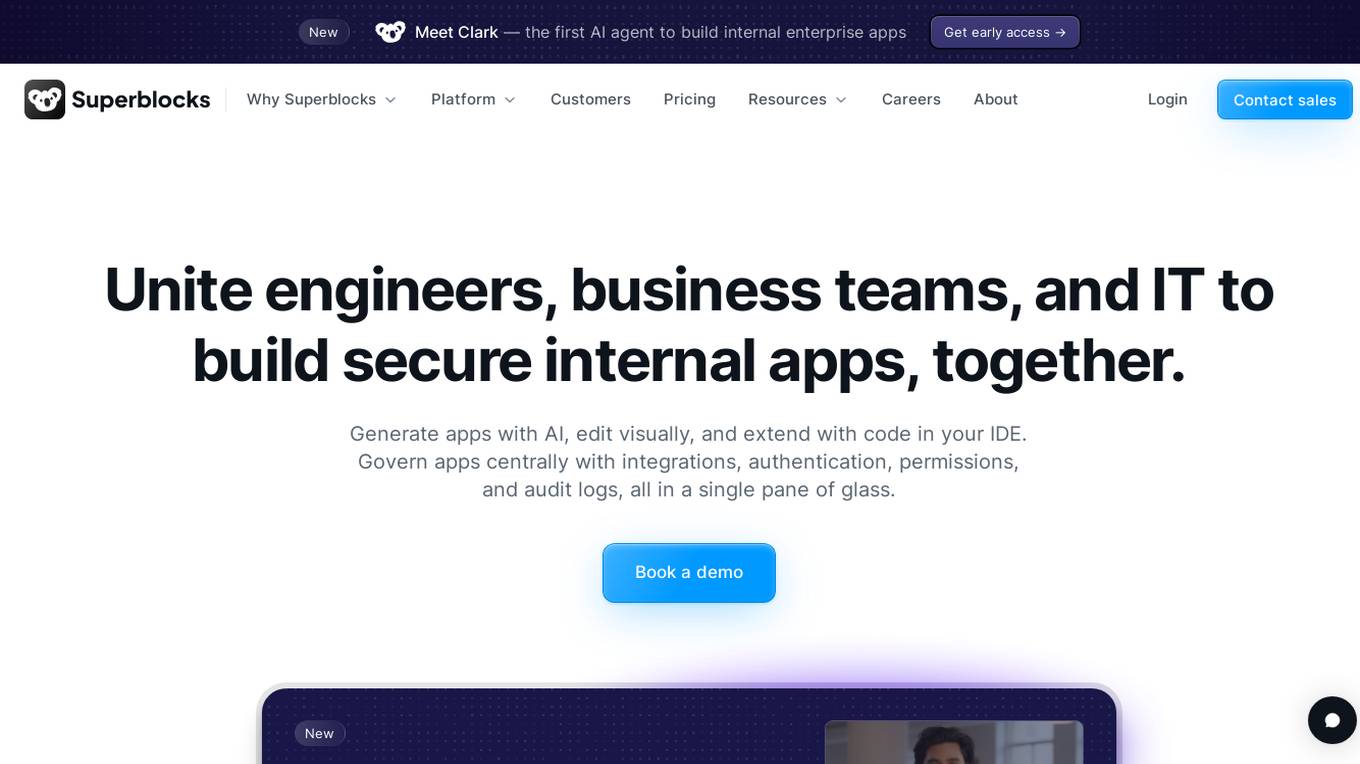
Superblocks
Superblocks is an AI-powered platform that unites engineers, business teams, and IT professionals to collaboratively build secure internal applications. The platform offers features such as generating apps with AI, visual editing, extending with code, centralized governance, integrations, authentication, permissions, and audit logs. Superblocks aims to enable enterprises to accelerate app development, streamline workflows, and ensure data security within their VPC.
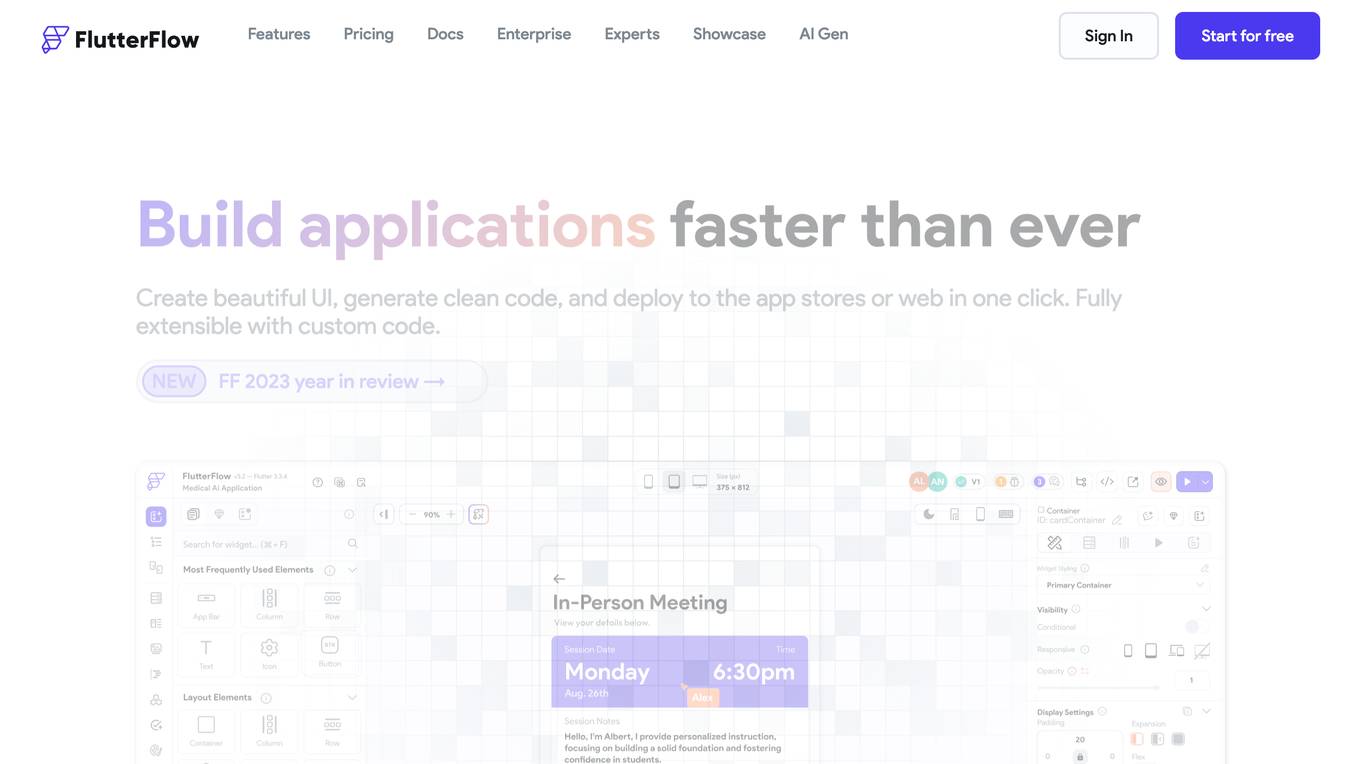
FlutterFlow
FlutterFlow is a low-code development platform that enables users to build cross-platform mobile and web applications without writing code. It provides a visual interface for designing user interfaces, connecting data, and implementing complex logic. FlutterFlow is trusted by users at leading companies around the world and has been used to build a wide range of applications, from simple prototypes to complex enterprise solutions.
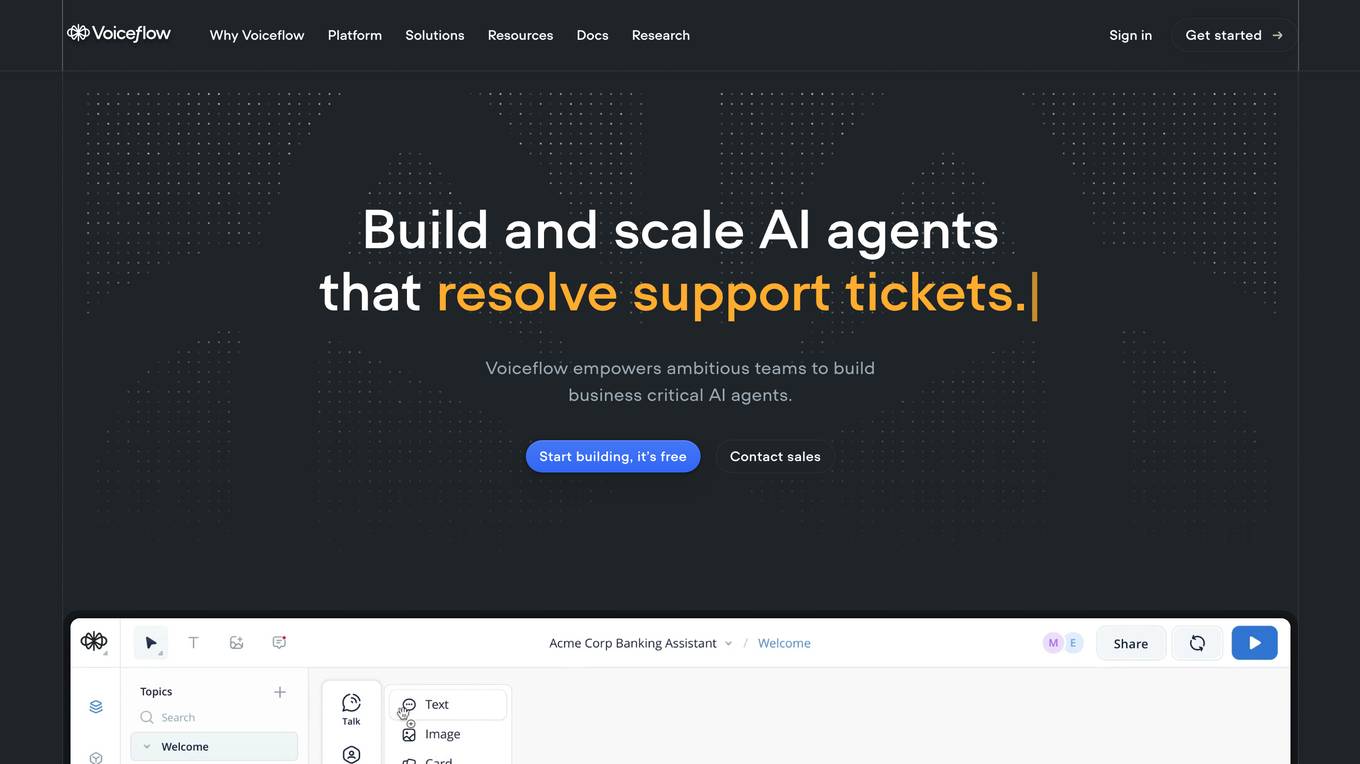
Voiceflow
Voiceflow is a powerful, flexible, and collaborative platform for building AI automation. It allows teams of any size to build agents of any scale and complexity, easily. Voiceflow's visual workflow builder is used by developers and designers to collaboratively create, iterate, and ship complex agents. Voiceflow also offers a central CMS for managing all of your agent content, including variables, intents, entities, and knowledge base sources. With Voiceflow, you can integrate with any API or service, share and test prototypes, and launch agents to any interface.
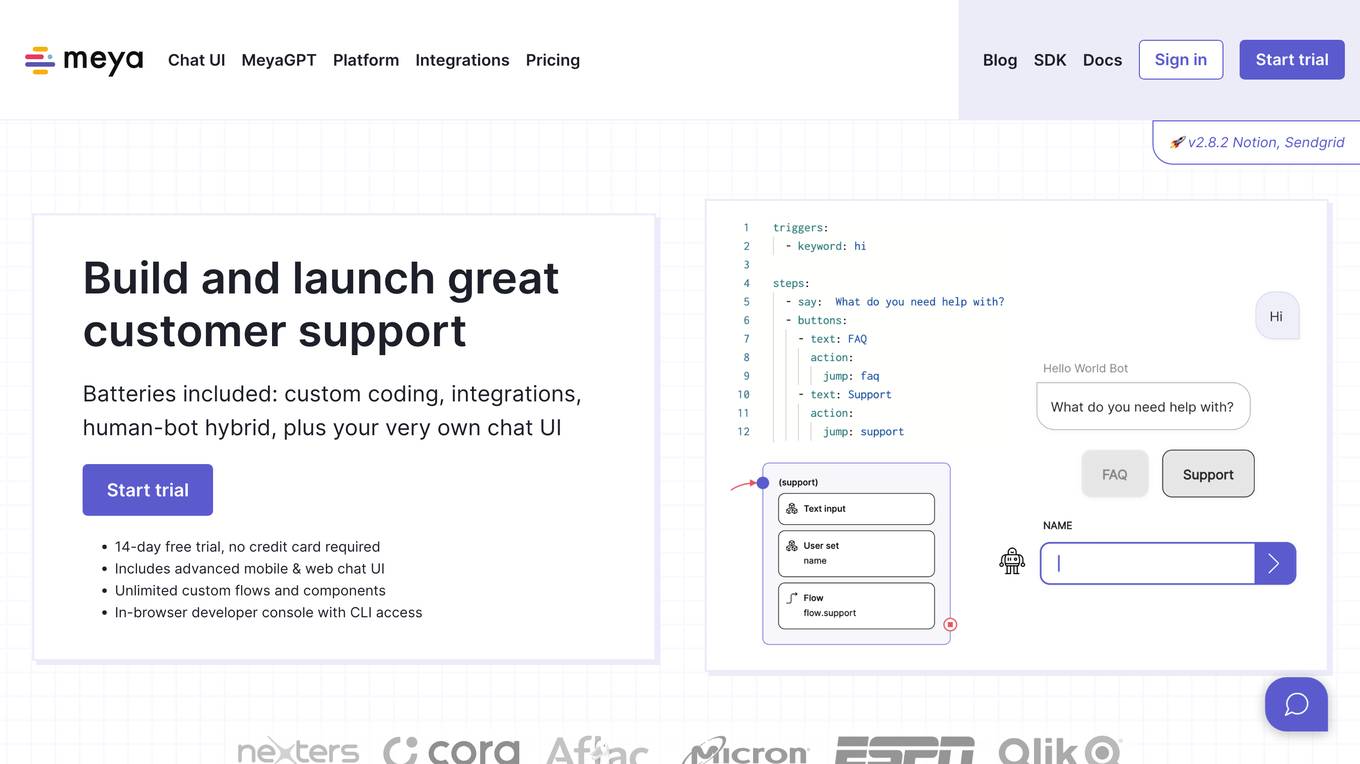
Meya
Meya is a chatbot platform that allows users to build and launch custom chatbots. It provides a variety of features, including a visual flow editor, a code editor, and a variety of integrations. Meya is designed to be easy to use, even for non-technical users. It is also highly extensible, allowing users to add their own custom code and integrations.
1 - Open Source AI Tools
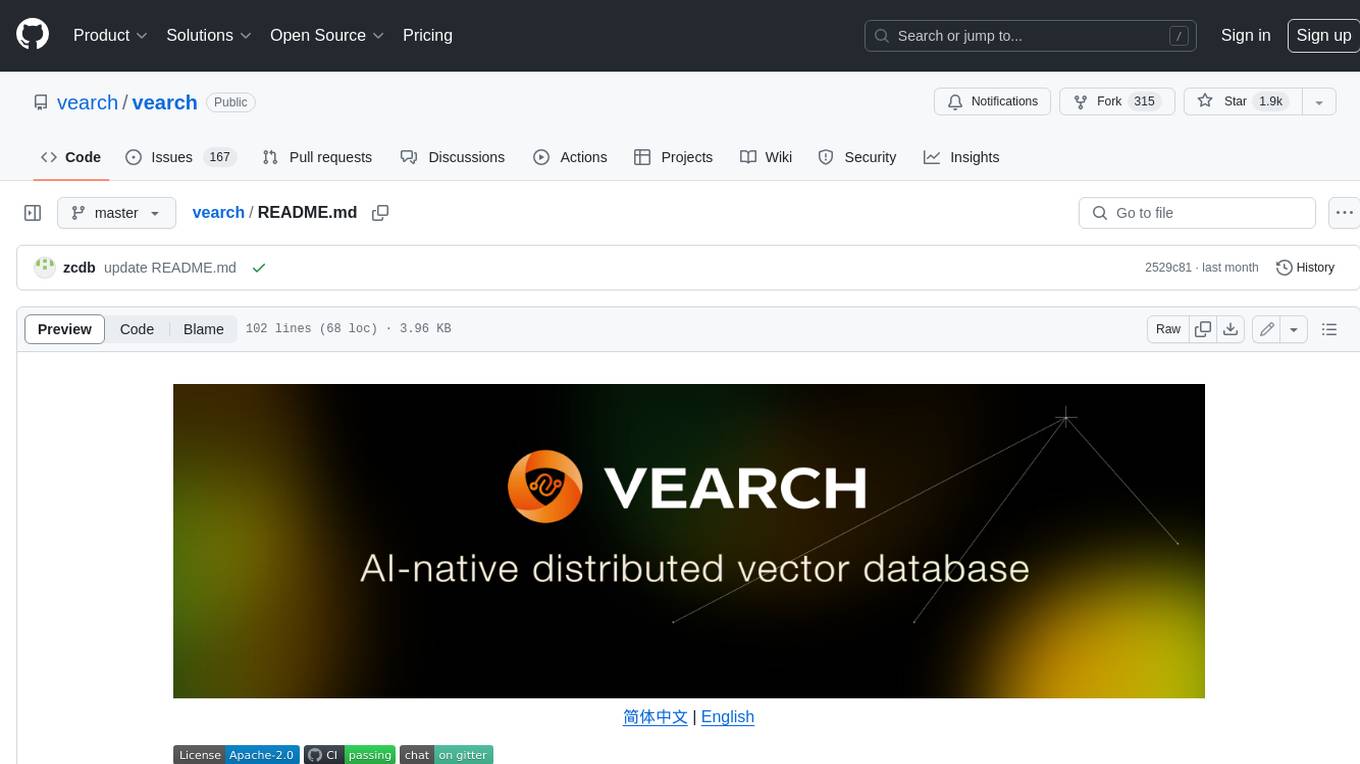
vearch
Vearch is a cloud-native distributed vector database designed for efficient similarity search of embedding vectors in AI applications. It supports hybrid search with vector search and scalar filtering, offers fast vector retrieval from millions of objects in milliseconds, and ensures scalability and reliability through replication and elastic scaling out. Users can deploy Vearch cluster on Kubernetes, add charts from the repository or locally, start with Docker-compose, or compile from source code. The tool includes components like Master for schema management, Router for RESTful API, and PartitionServer for hosting document partitions with raft-based replication. Vearch can be used for building visual search systems for indexing images and offers a Python SDK for easy installation and usage. The tool is suitable for AI developers and researchers looking for efficient vector search capabilities in their applications.
20 - OpenAI Gpts

Manga Foreshadowing Creator
Creates emotional, complex manga scenes with subtle foreshadowing.
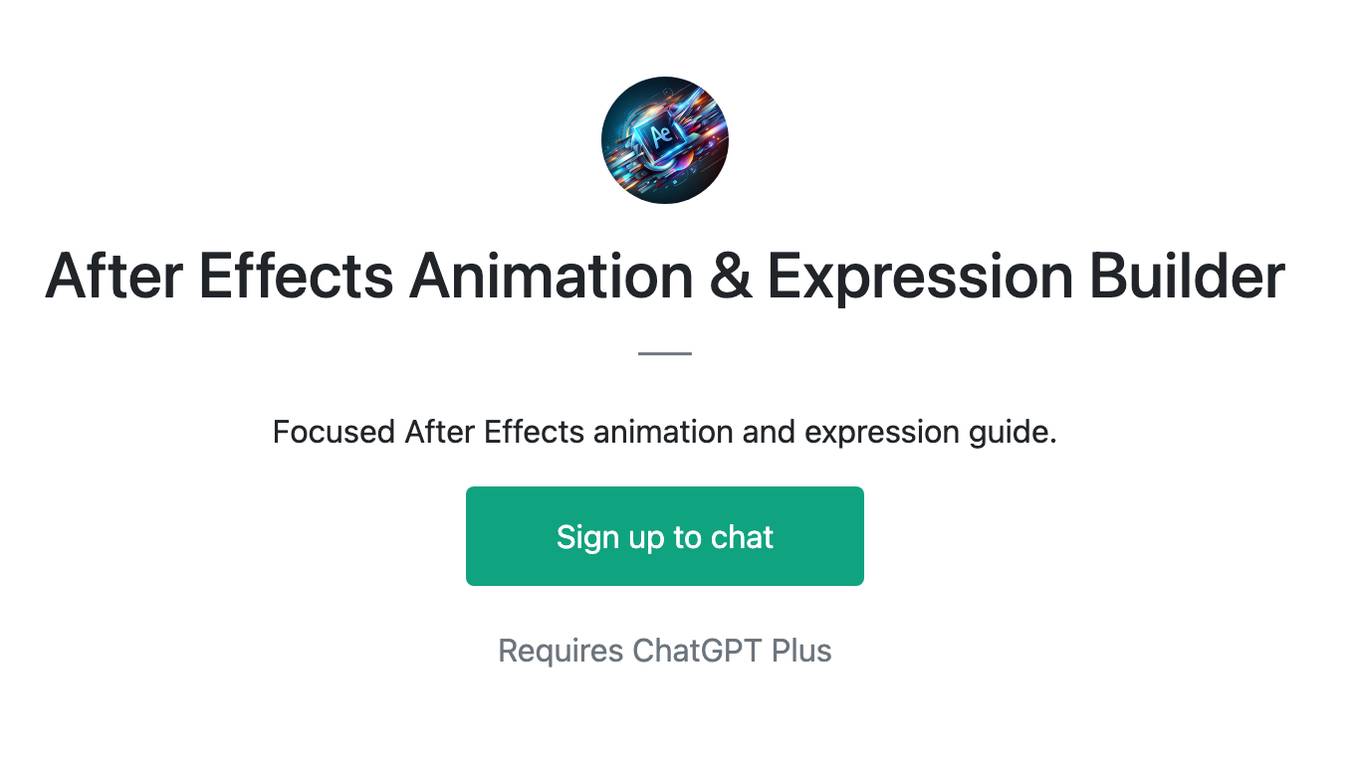
After Effects Animation & Expression Builder
Focused After Effects animation and expression guide.
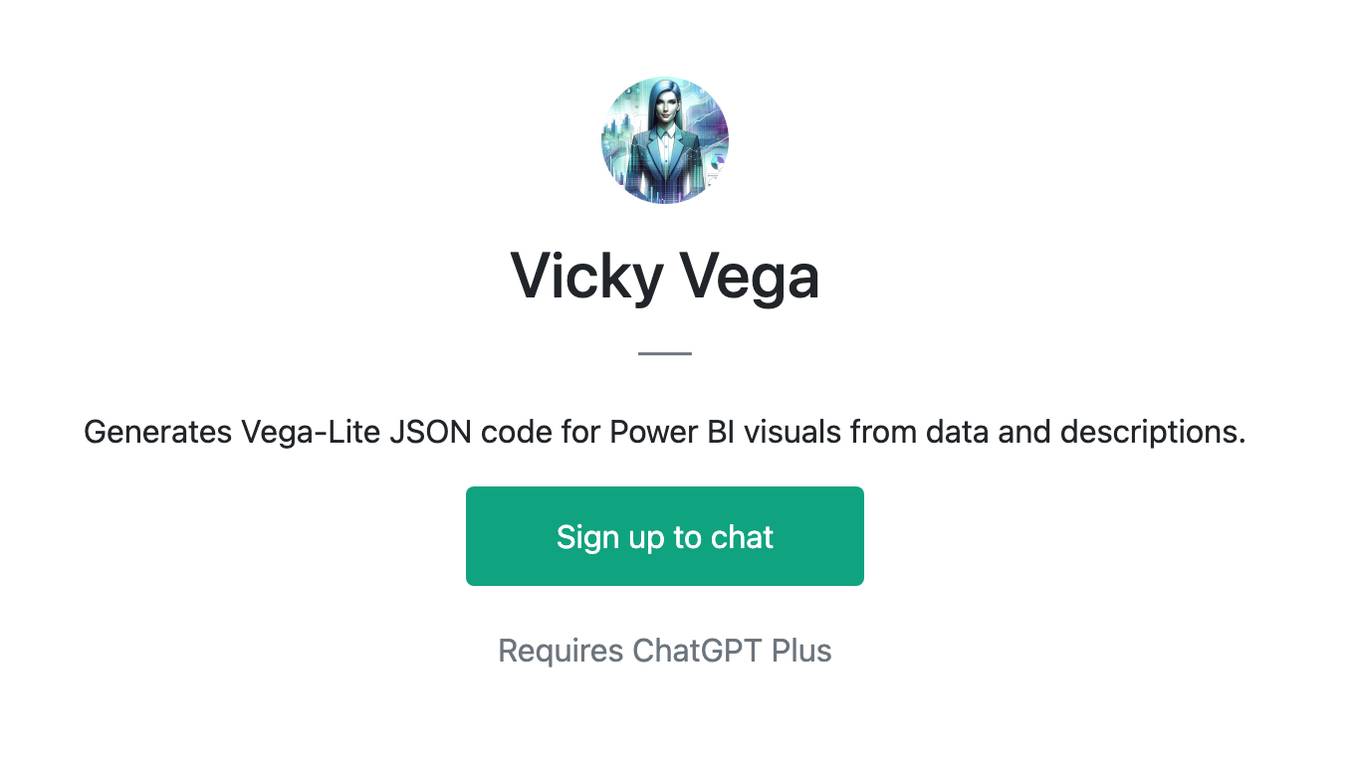
Vicky Vega
Generates Vega-Lite JSON code for Power BI visuals from data and descriptions.
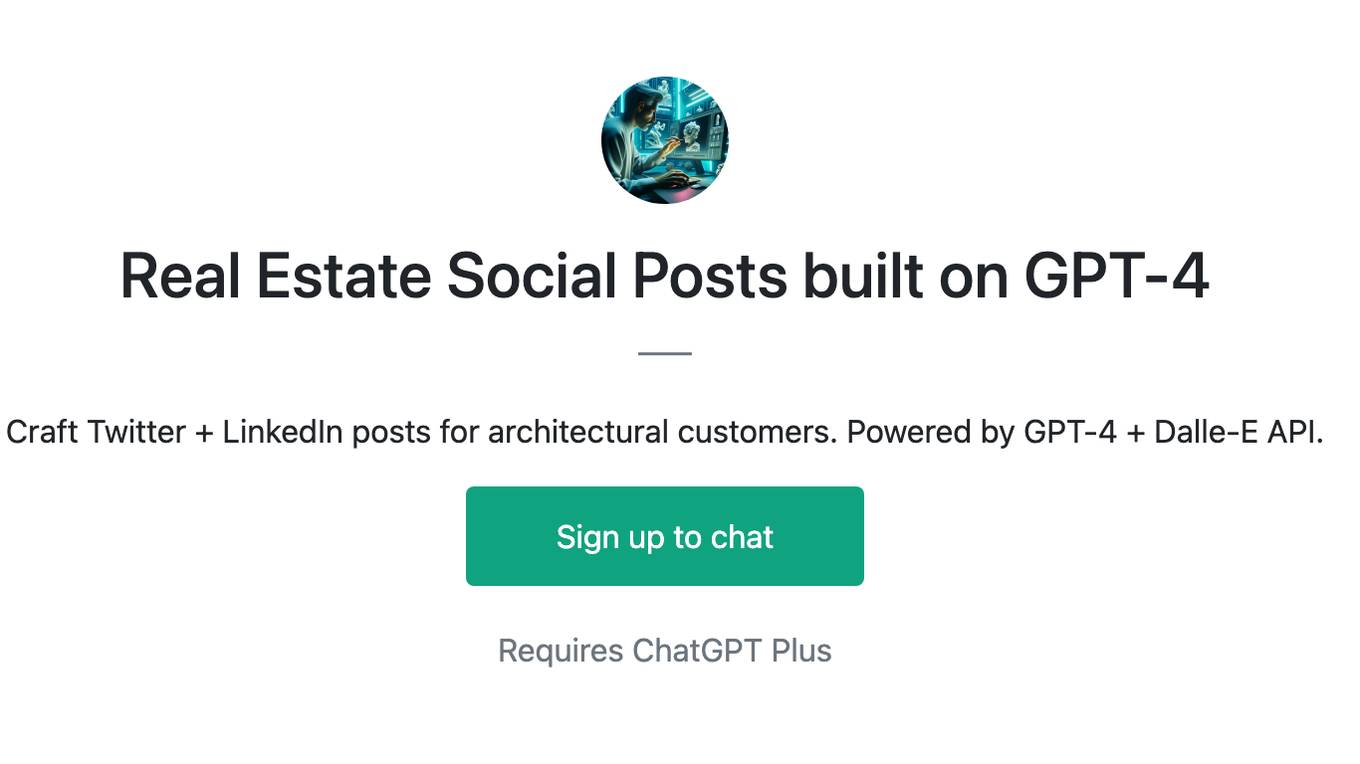
Real Estate Social Posts built on GPT-4
Craft Twitter + LinkedIn posts for architectural customers. Powered by GPT-4 + Dalle-E API.
